

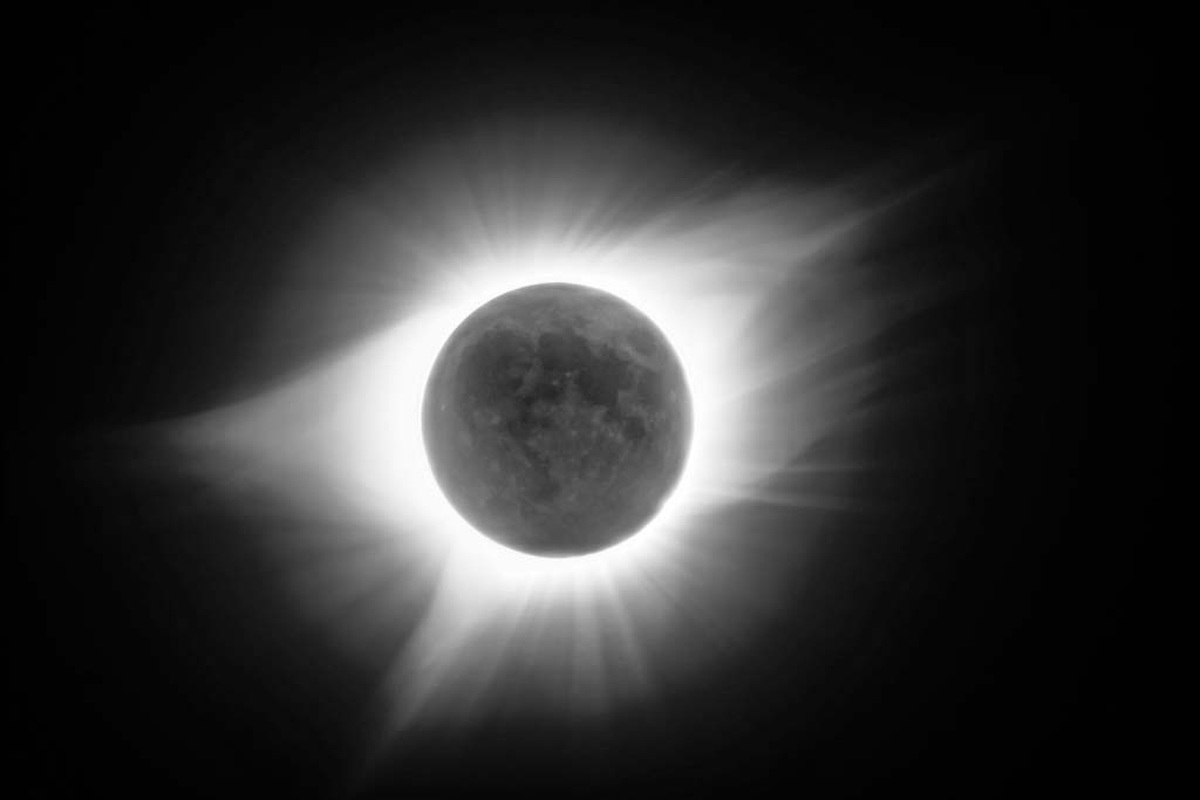
Photo by Randall Light M.D.
By Randall Light, M.D.
Information about viewing and photographing annular and solar eclipses with a DSLR or mirrorless camera are emphasized. Multiple options for photographing the upcoming eclipse, ranging from simple to complex, are included.
There are three ways to view the presentation slides:
• Scroll through the images below.
• Click the PDF button below.
• Click on any topic to automatically access the corresponding section.
Topics include:
• Basic information about annular and total eclipses
• Selection of a date, time, and location based on the path of the eclipse, climate data, and topology
• Safely viewing an eclipse
• Different ways to view an eclipse with only solar glasses and other basic equipment
• Observing partial phase phenomena
• Observing interesting and unusual phenomena during totality
• Types of photos that can be made during an eclipse
• Photographic equipment requirements
• How to select a camera, lens, and image scale
• Recommended camera settings
• How to focus the camera and lens on the sun
• Timing of the phases of the eclipse
• Timing of the interesting phenomena to photograph during the eclipse
• Suggested initial exposure settings for each eclipse phase and phenomena
• How to create a composite eclipse sequence in Photoshop
• Software to help photograph the eclipse
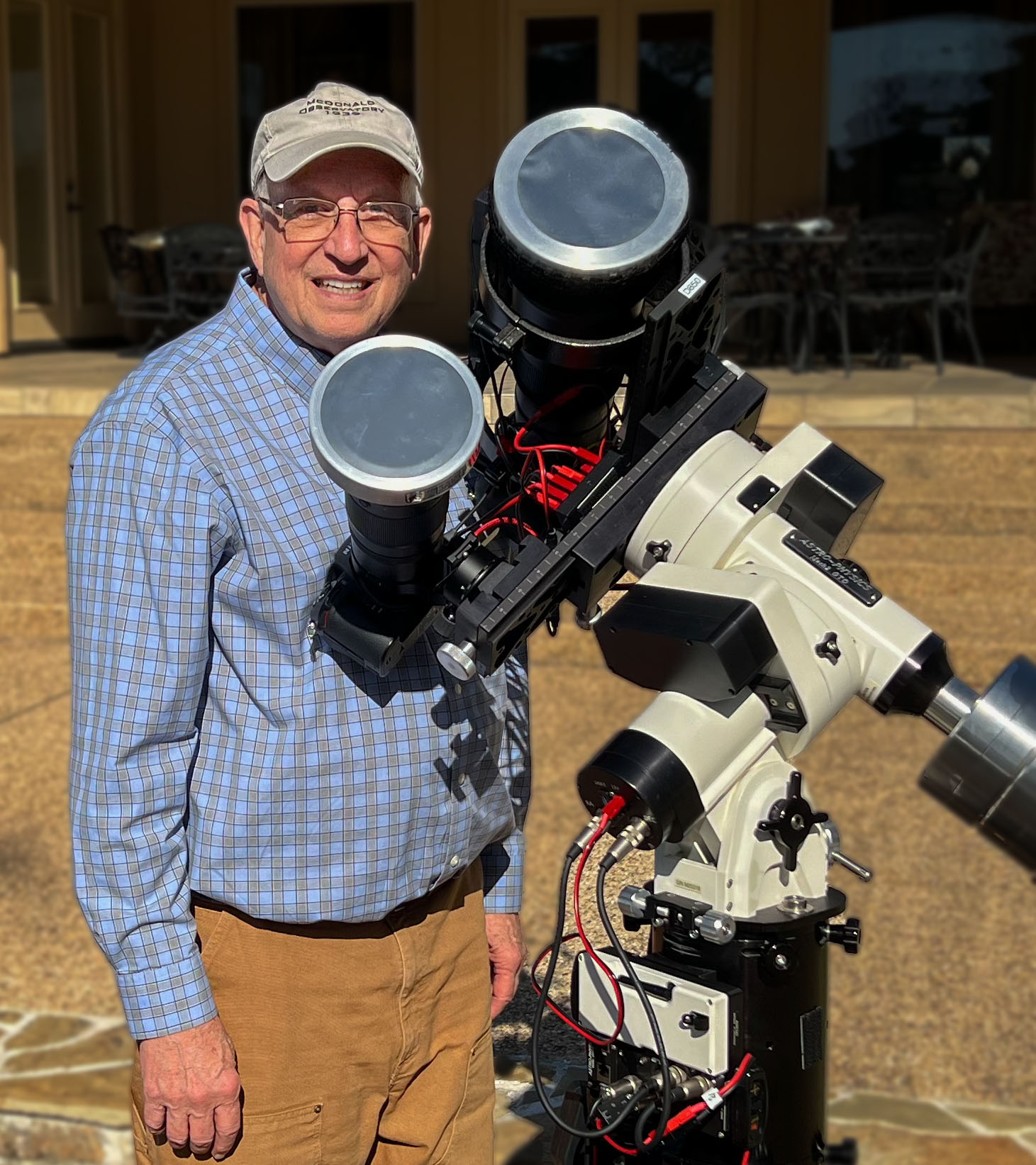
Dr. Randall Light's solar eclipse equipment includes a Nikon D850, 600mm lens, Nikon Z8, 180-600mm lens, SolarLite filters on an AP Mach2.
The link below contains a PDF to the visuals used by Dr. Light in his "Viewing and Photographing Solar Eclipses" presentation to the Brazos Valley Astronomy Club.
PDF
Viewing and Photographing Solar Eclipses
Presentation Slides
By Randall Light M.D.
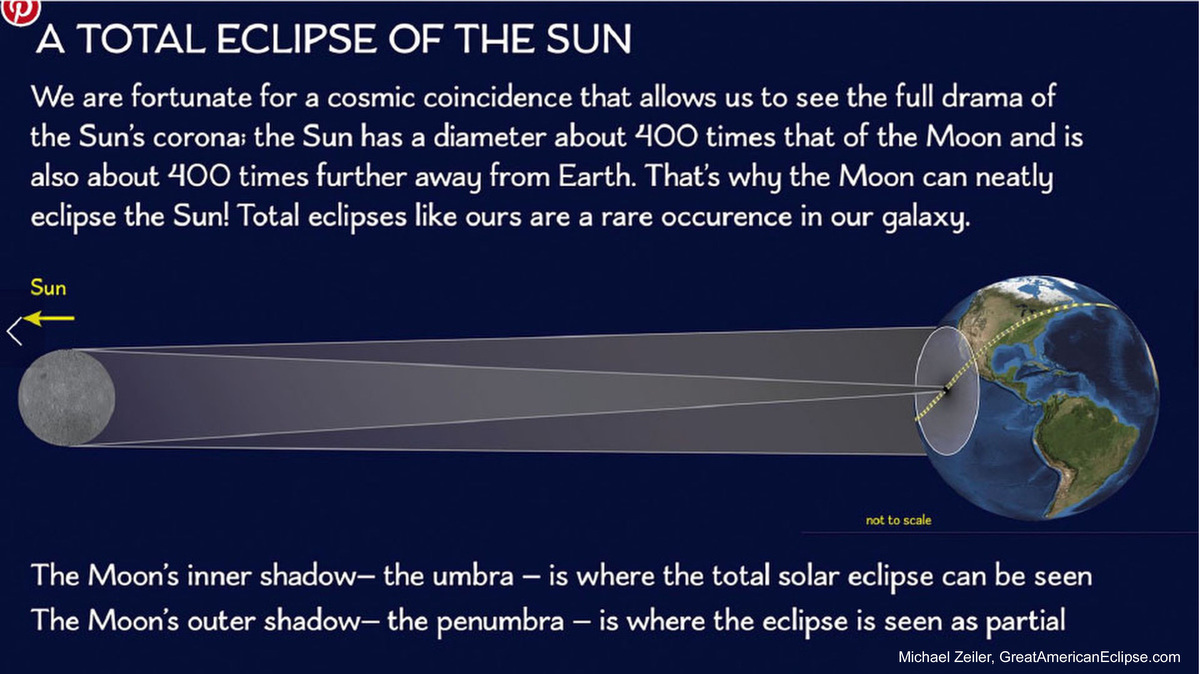

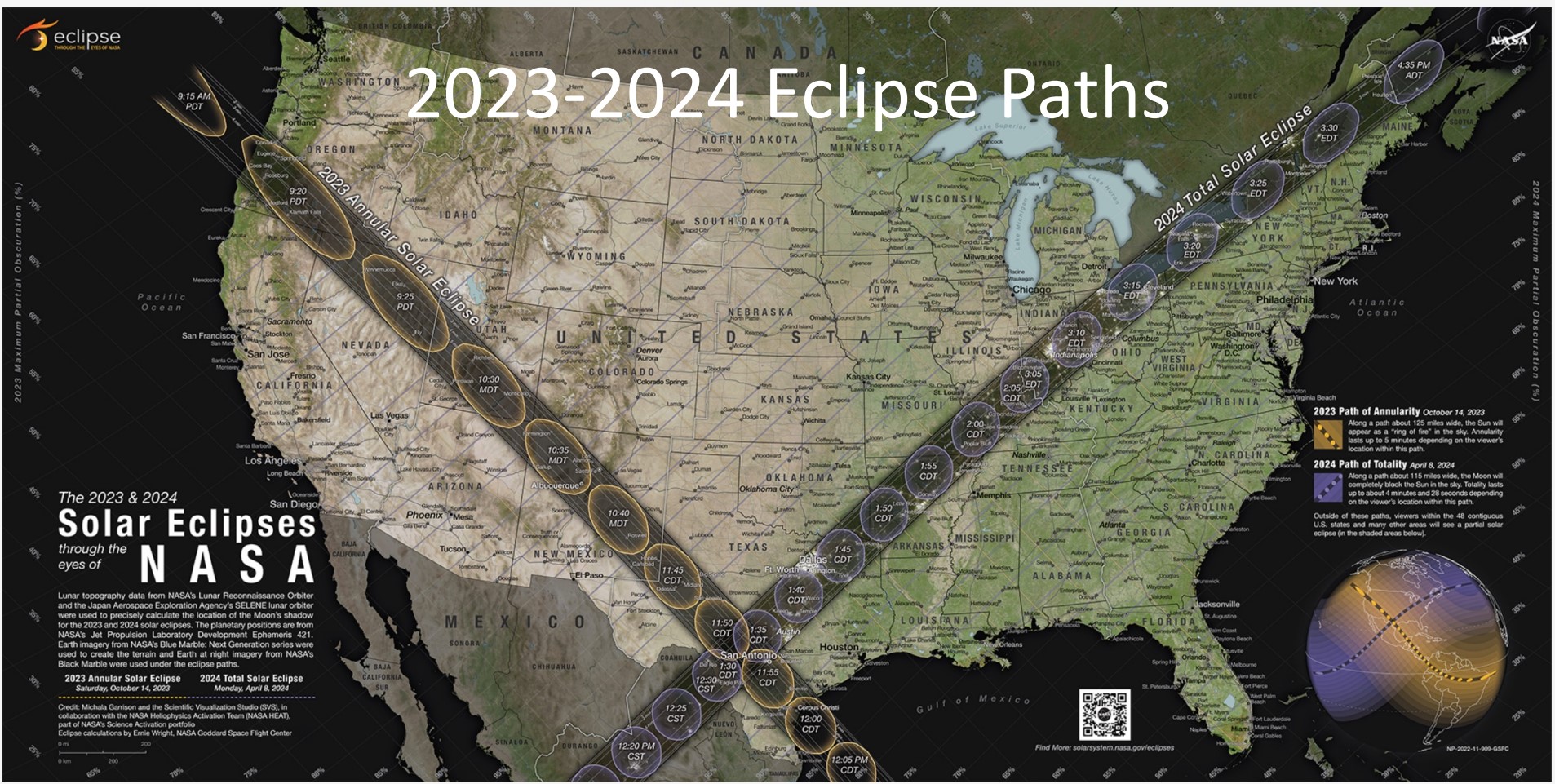
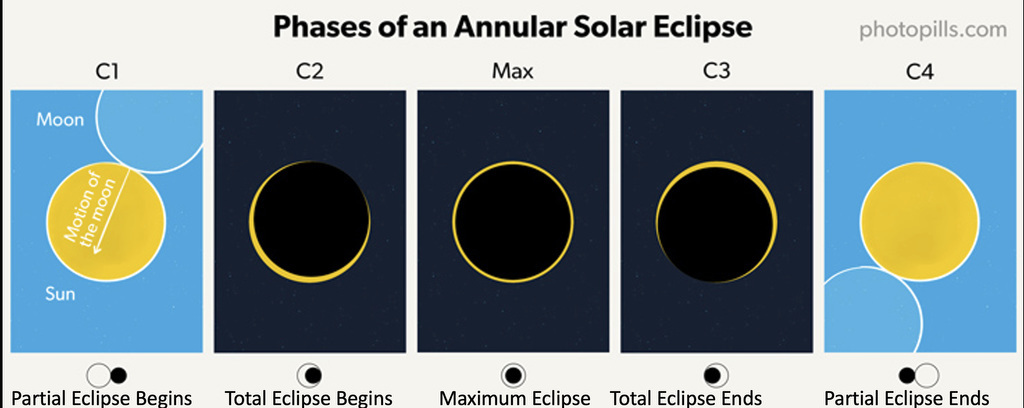

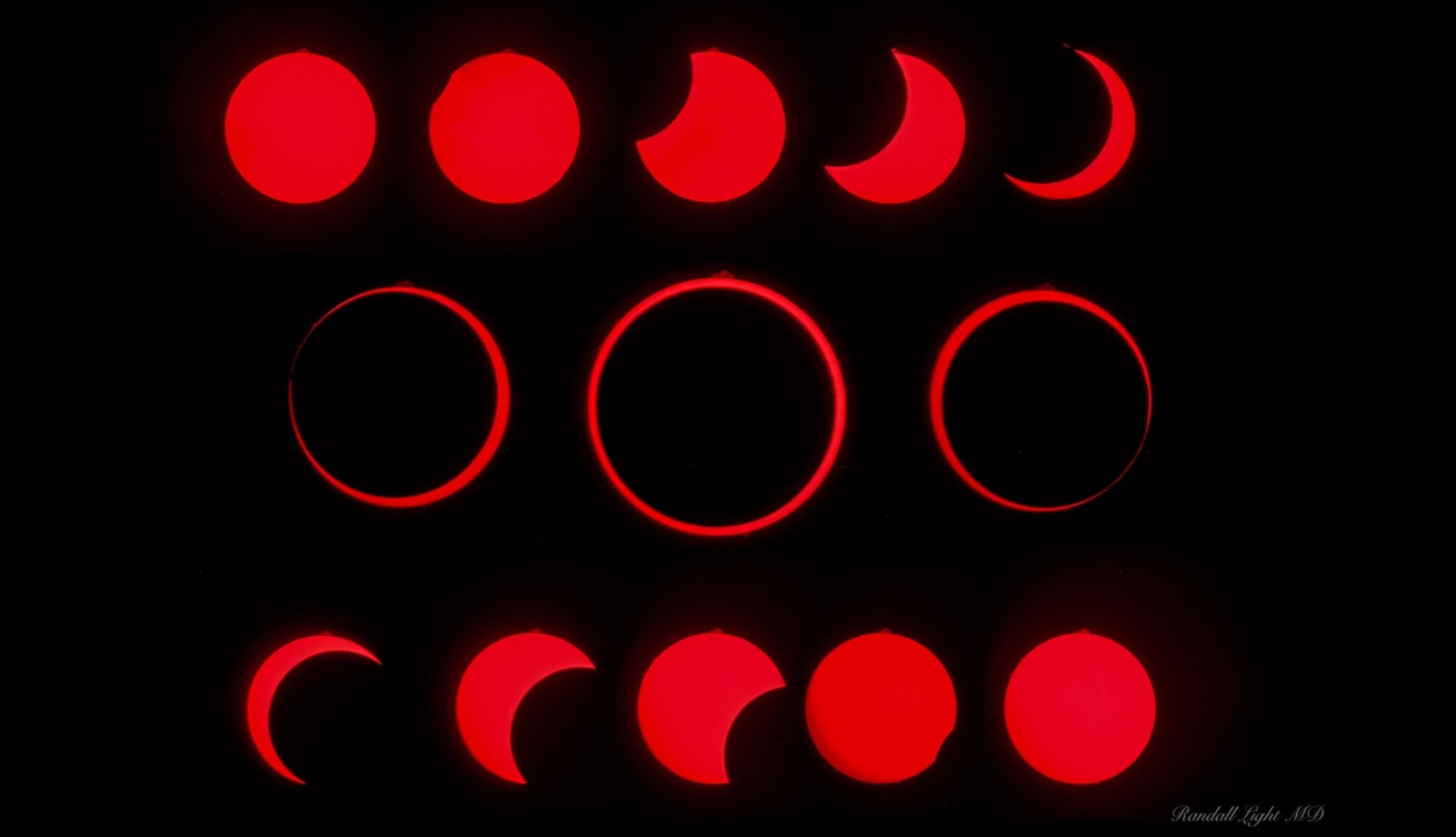
Image Credit: Randall Light M.D.
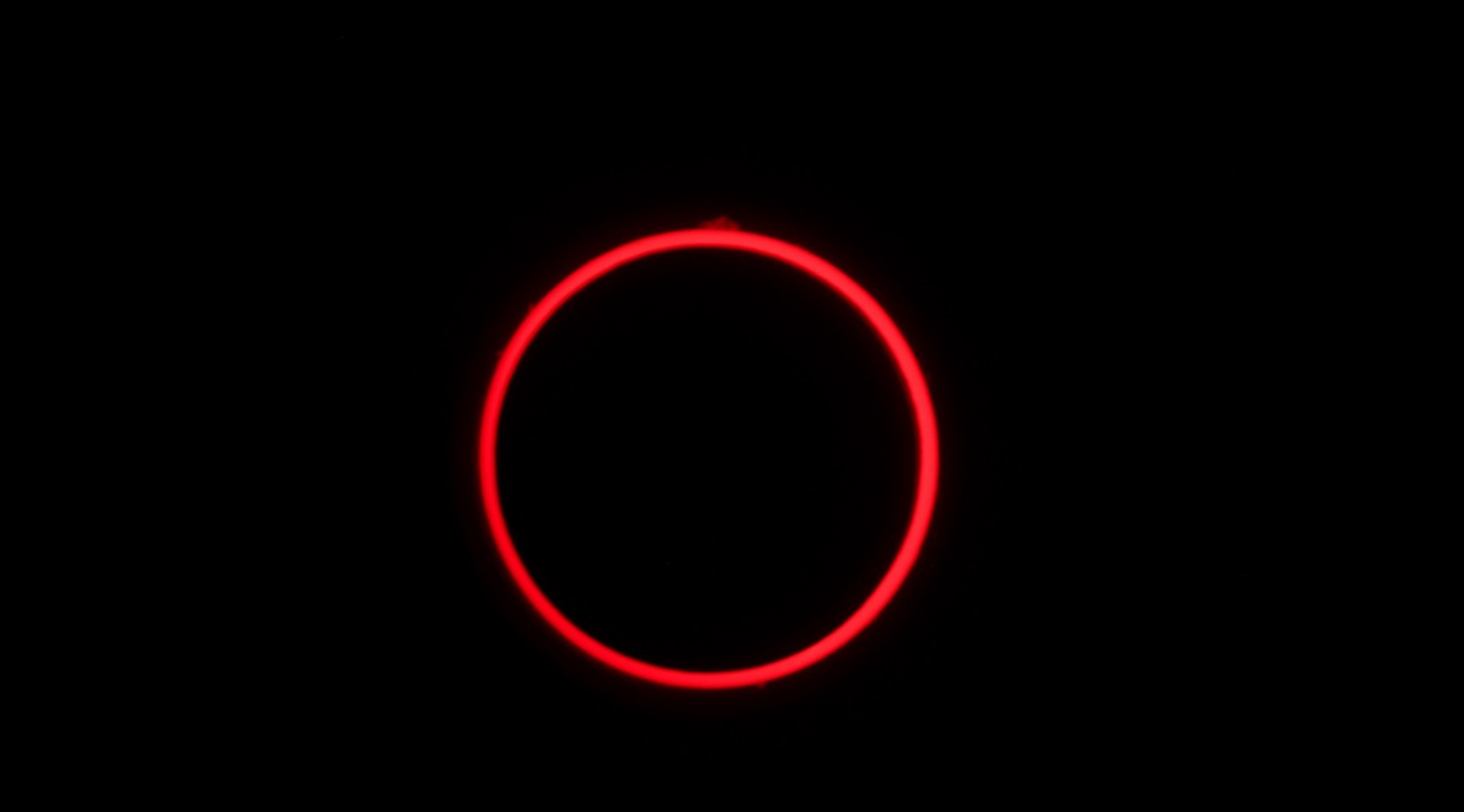
Image Credit: Randall Light M.D.
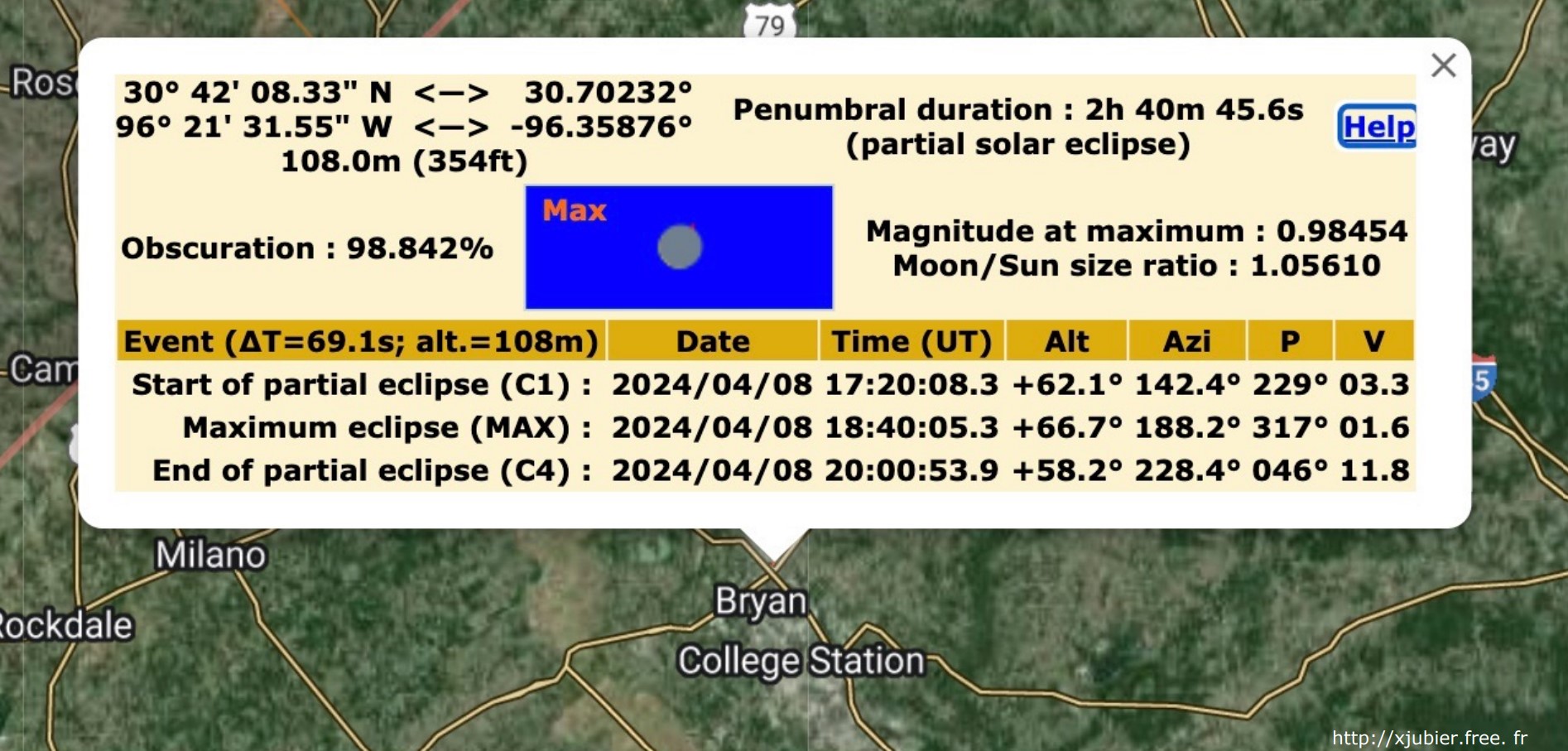
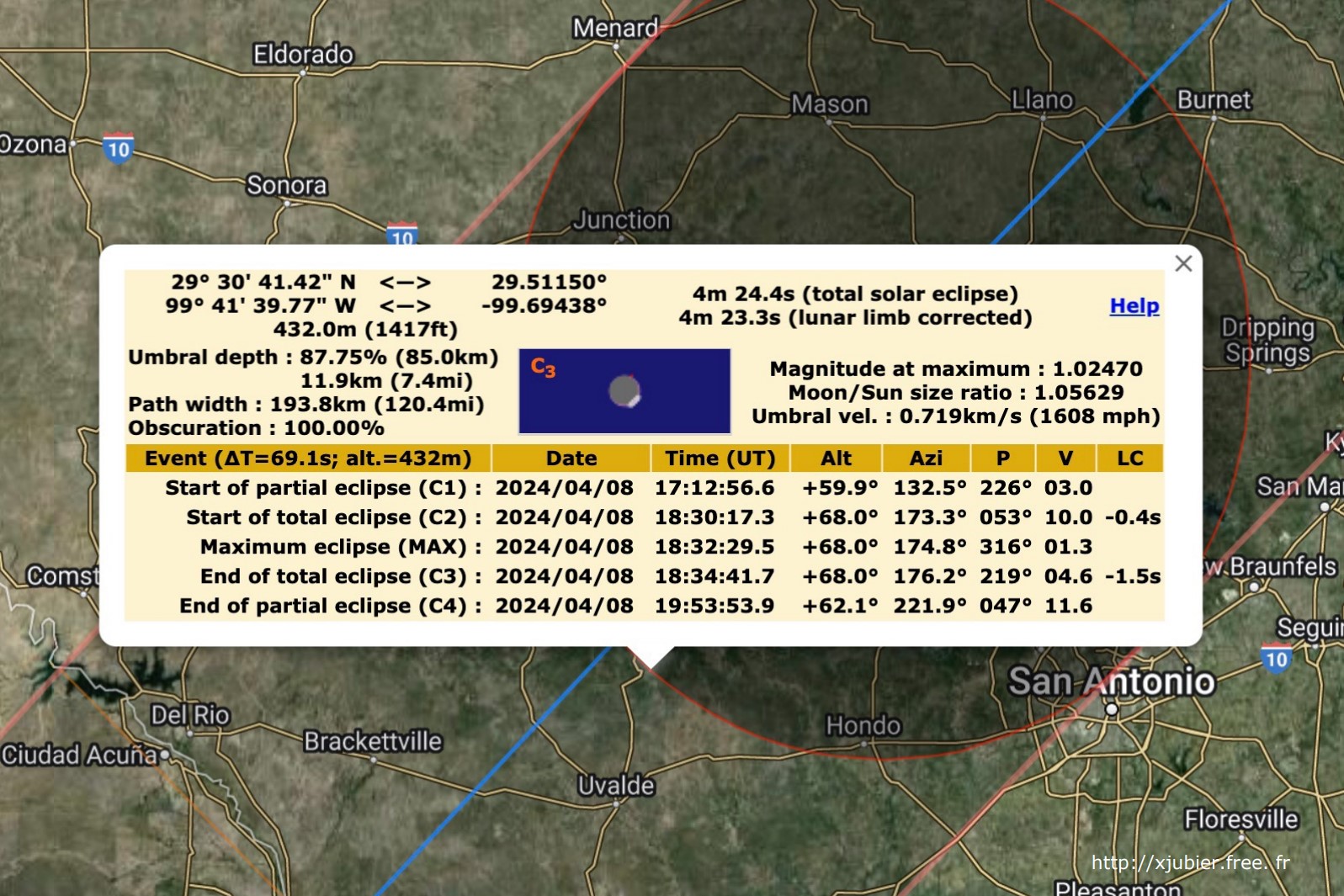
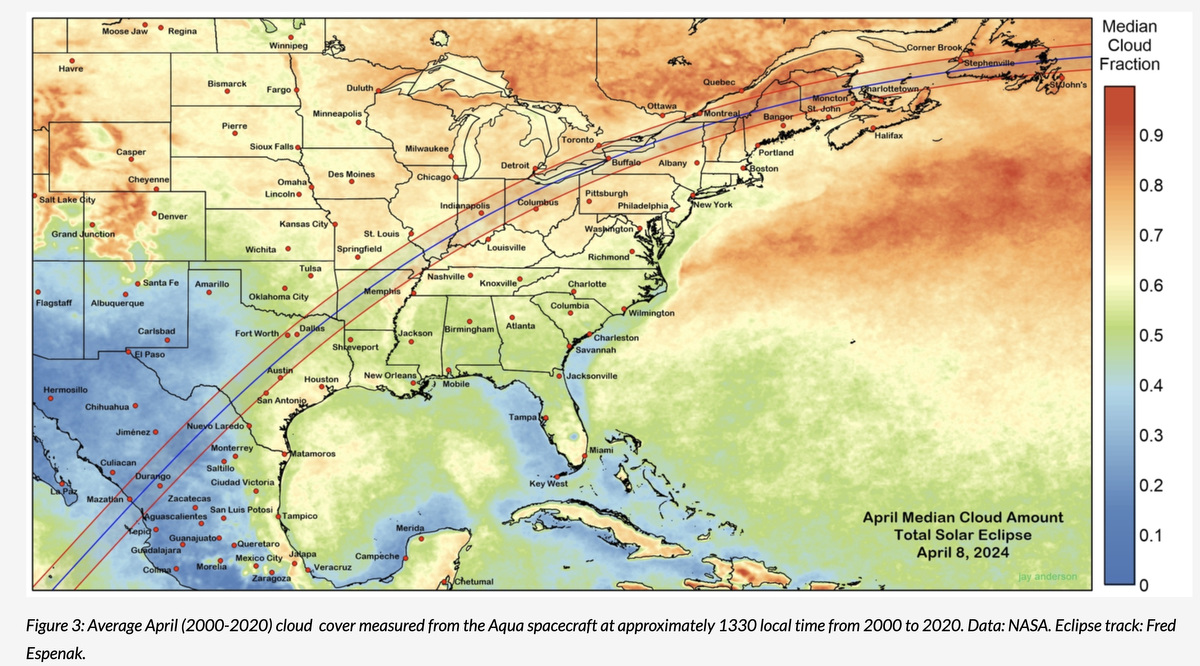

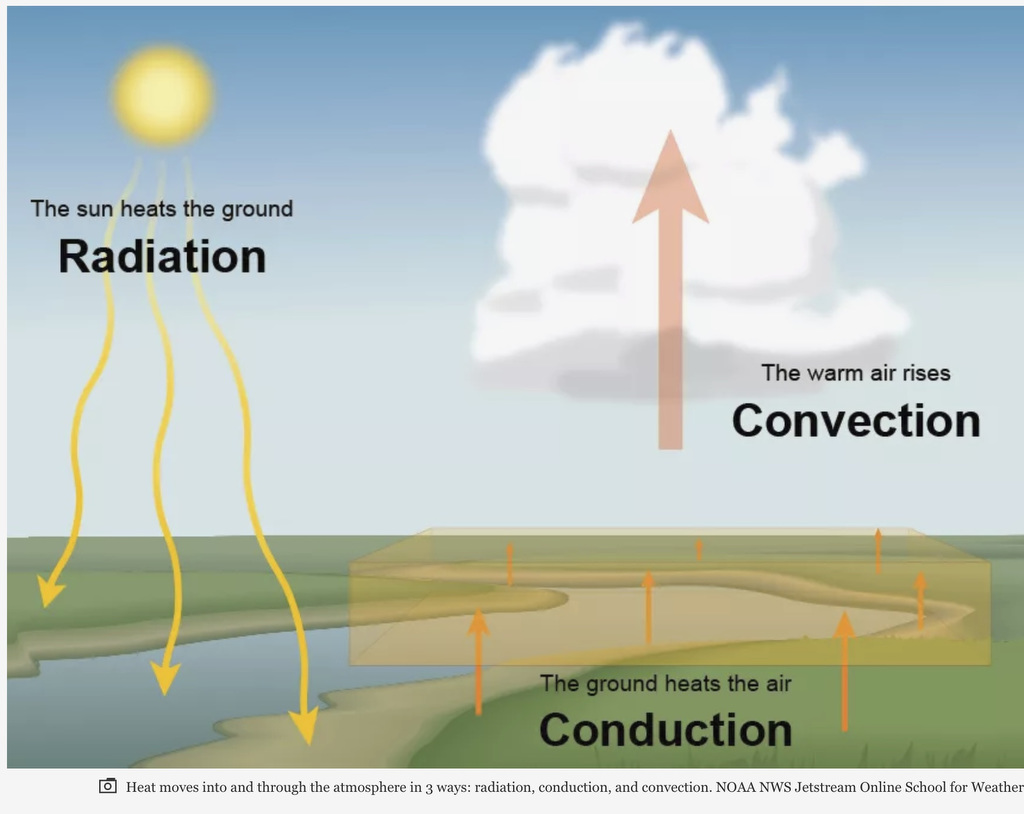

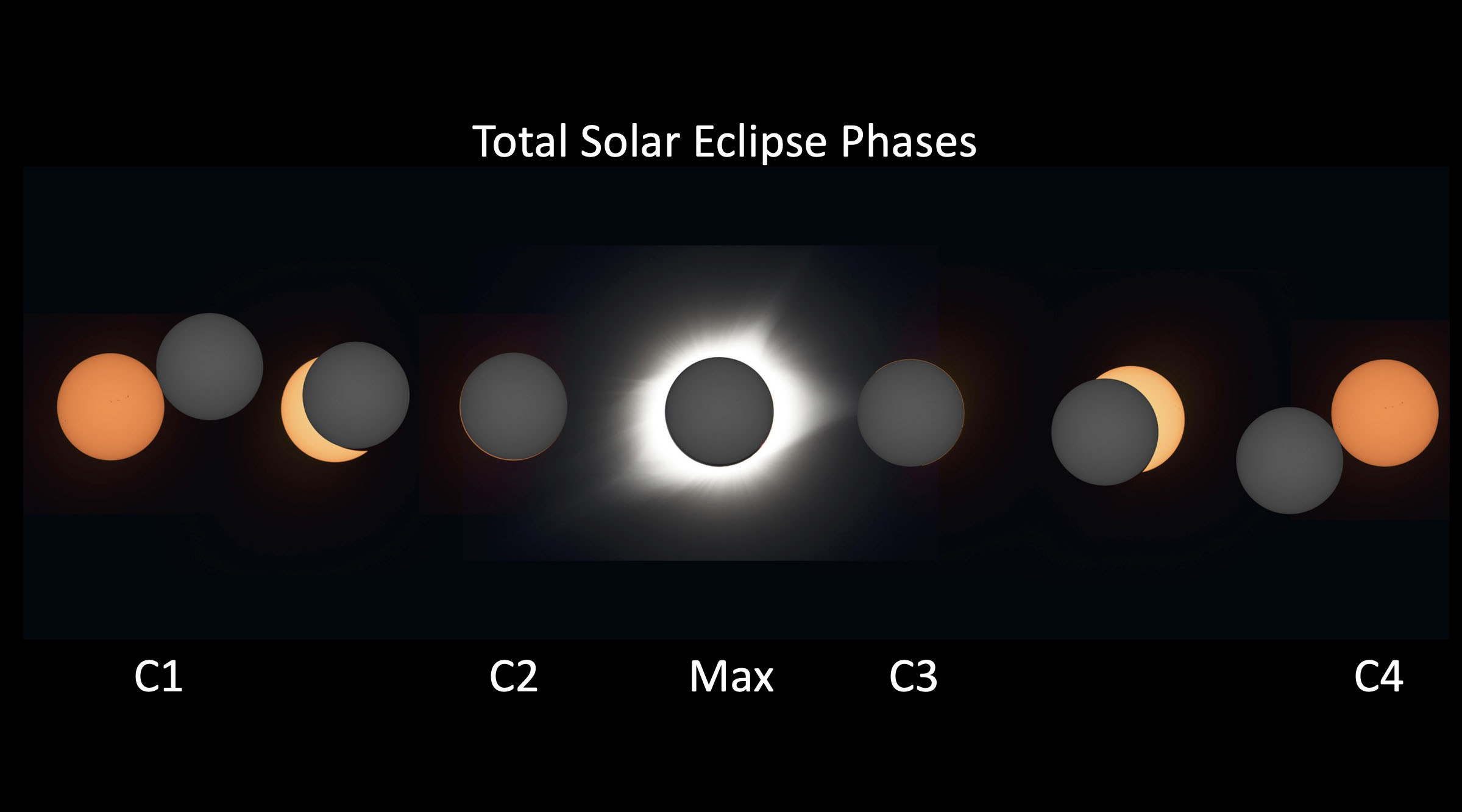
Image Credit: Randall Light M.D.


Image Credit: Randall Light M.D.
Pinhole Camera
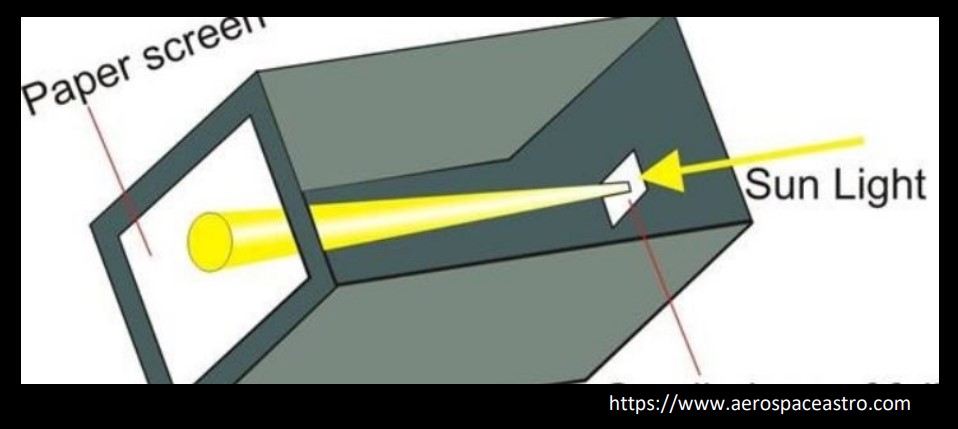
Pinhole Projector
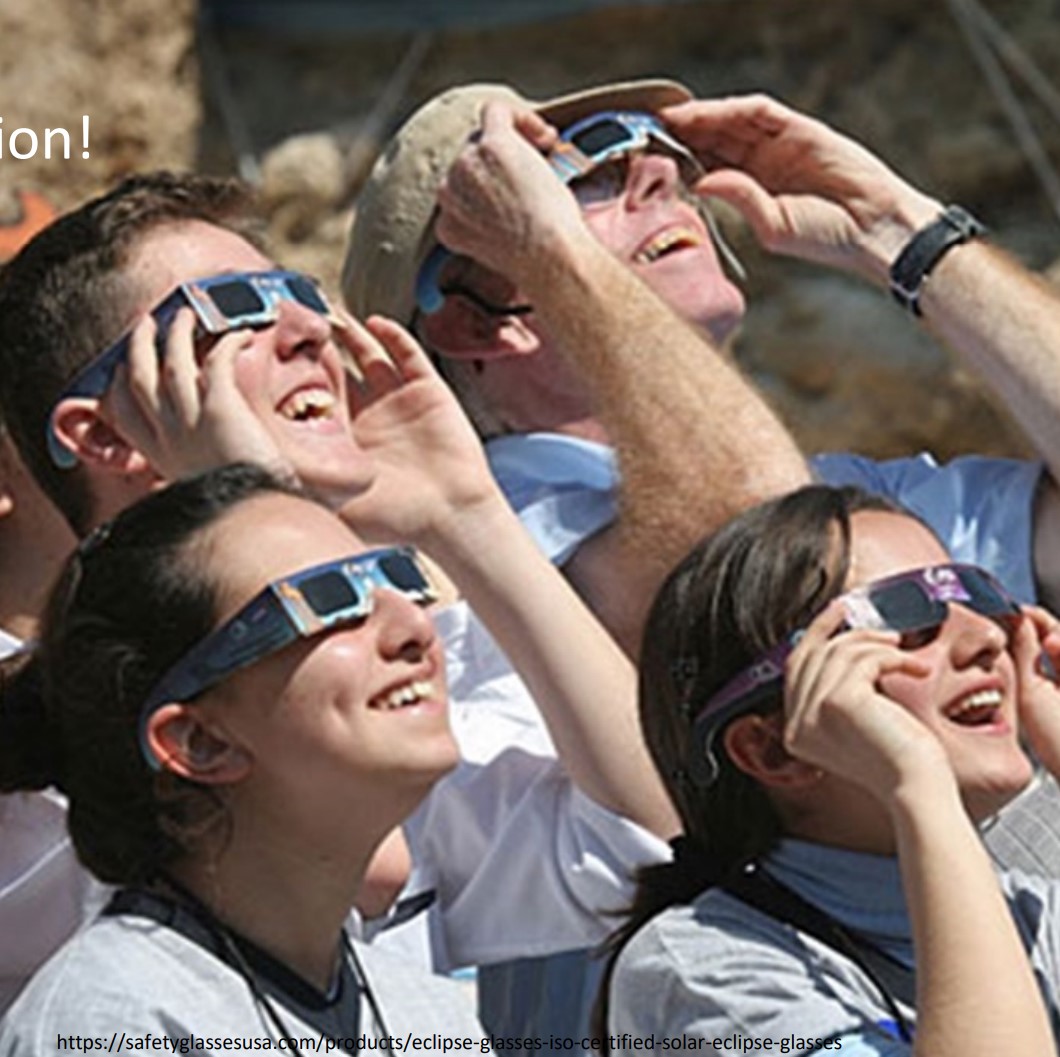
Protect Your Vision!
If you are going to look at the sun, you must use solar glasses or a solar filter to protect your eyes from damage!


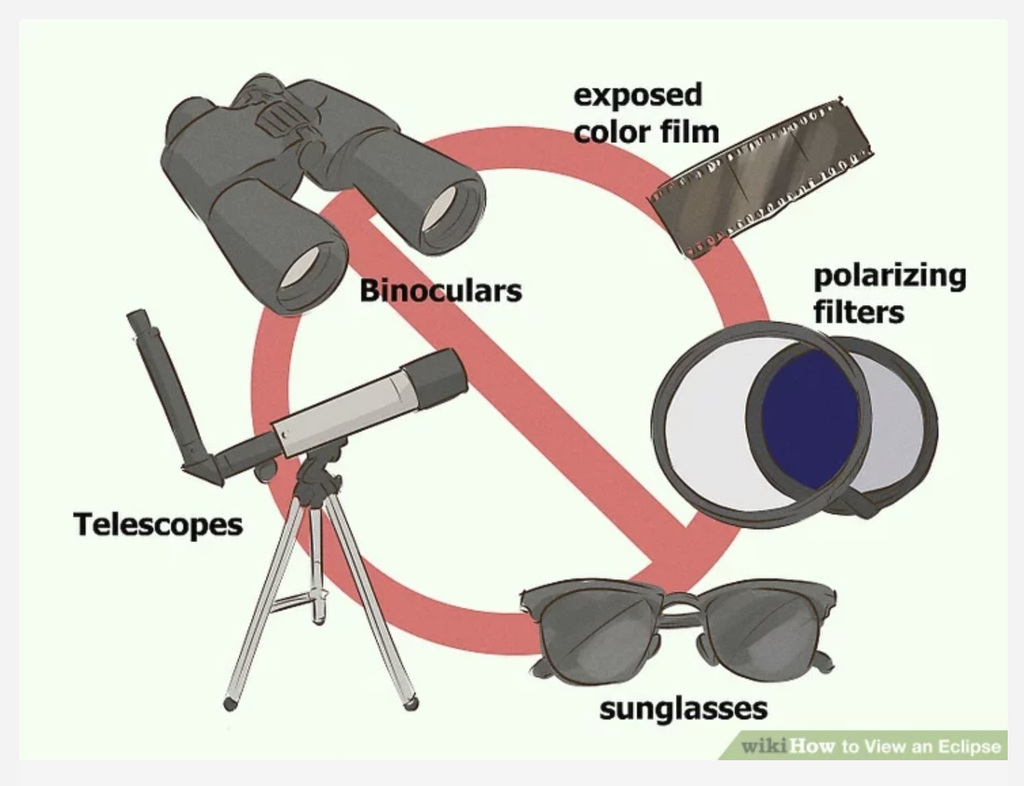

Image Credit: Randall Light M.D.
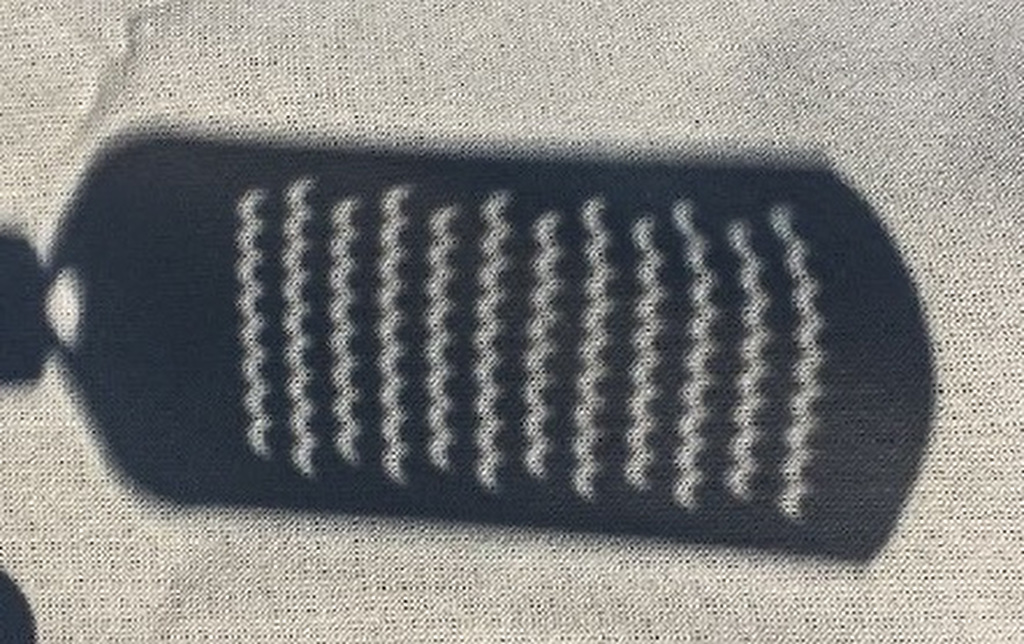

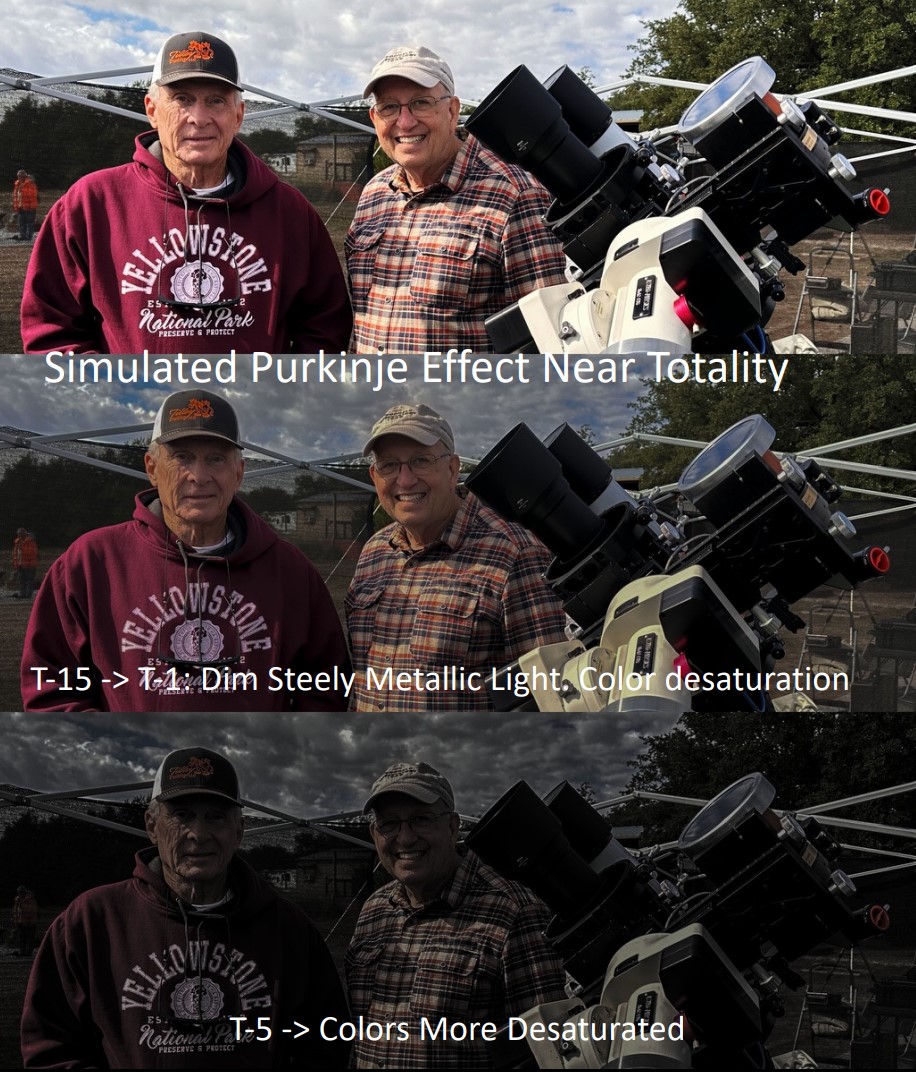
Image Credit: Randall Light M.D.
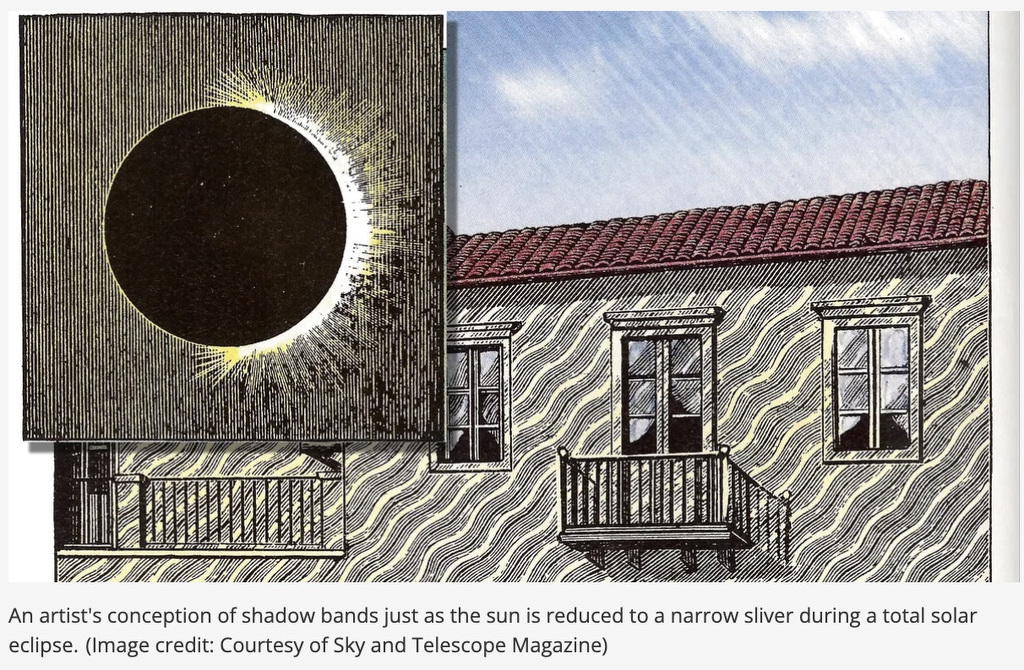
Shadow bands may appear. These are shimmering or rippling bands of light caused by atmospheric turbulence.
https://www.amazingsky.com/
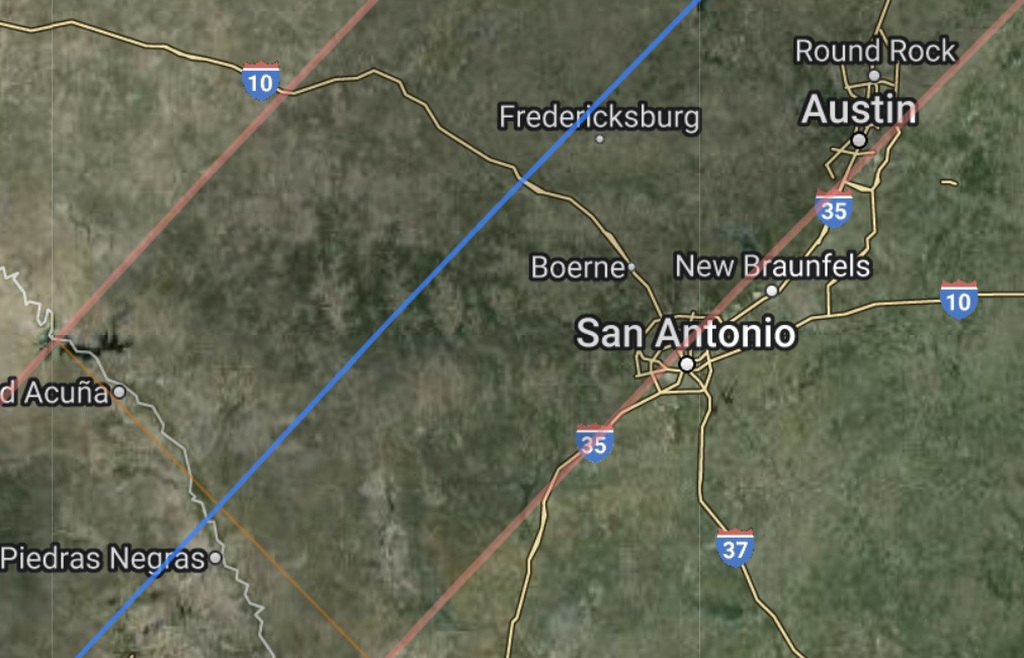

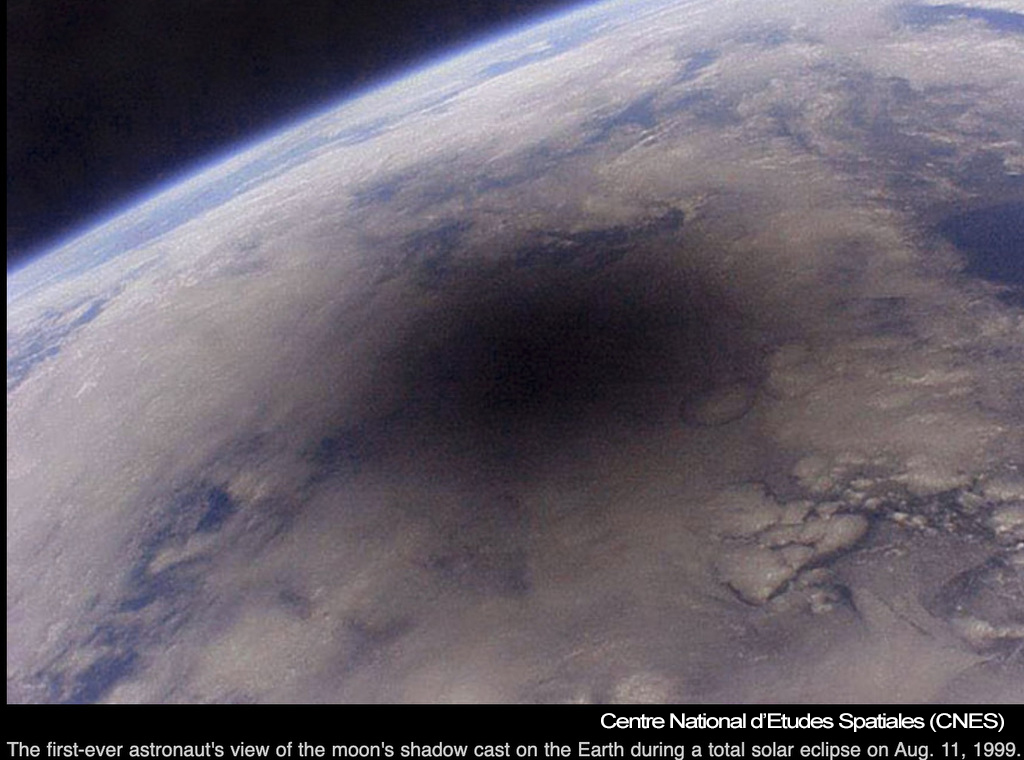
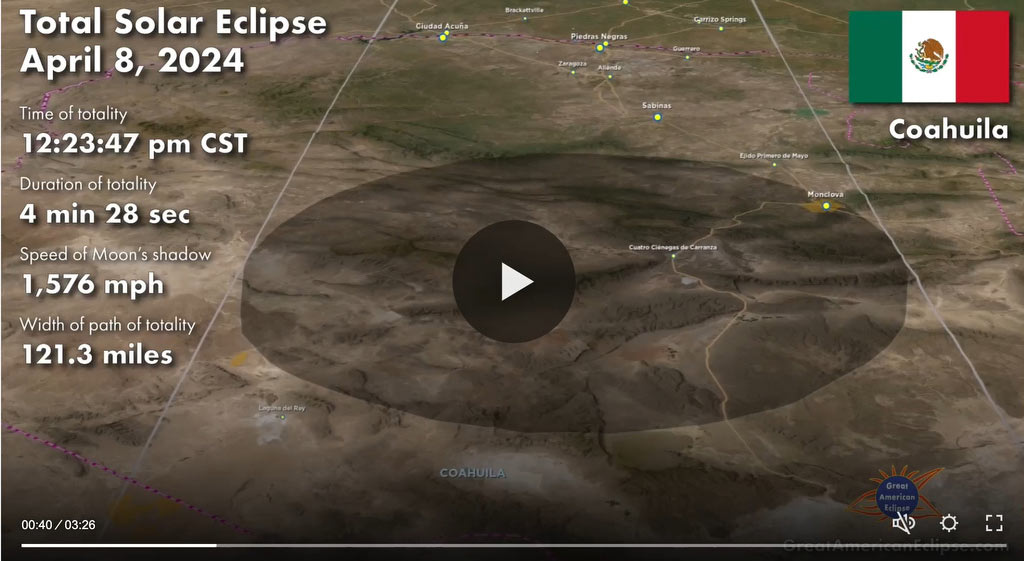
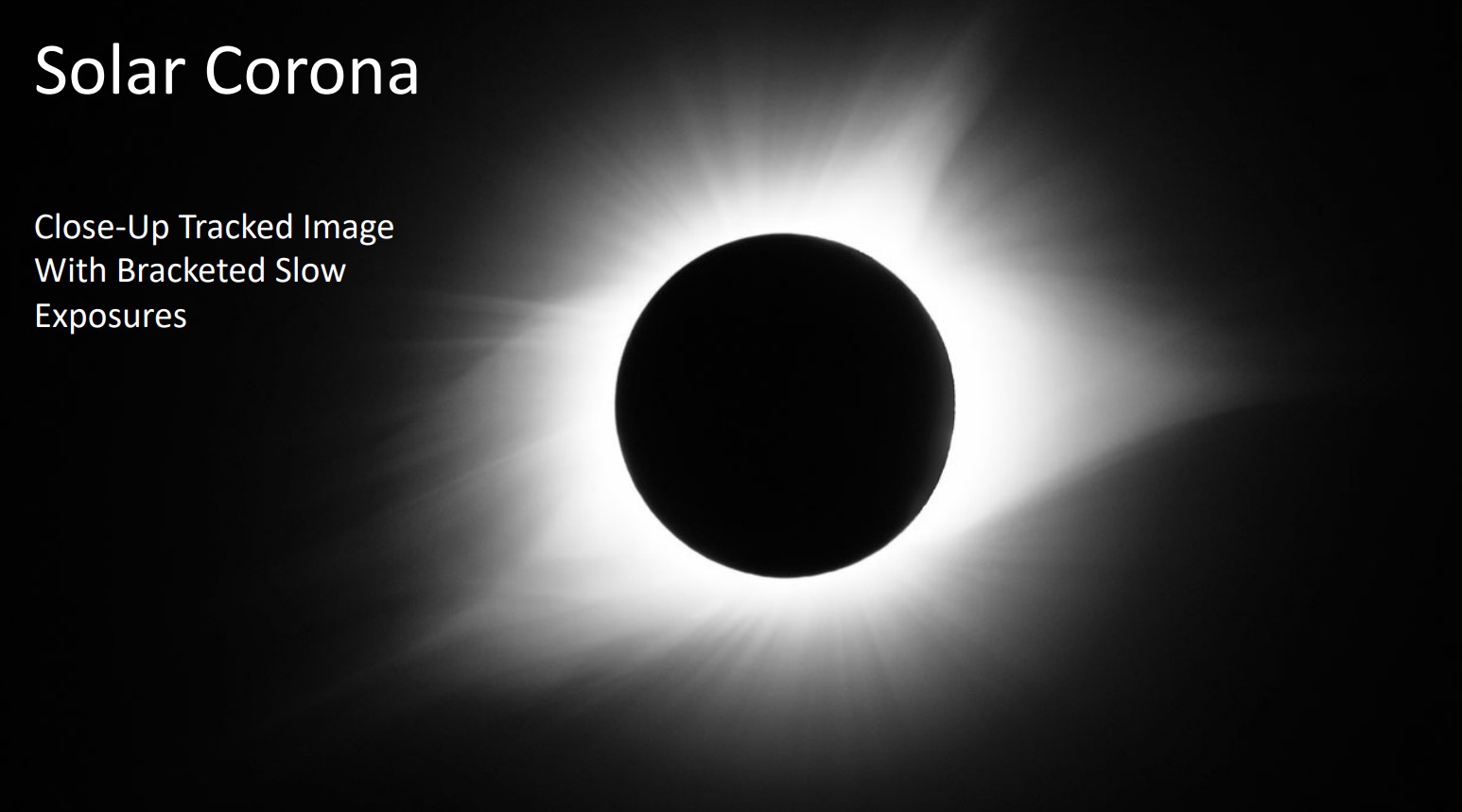
Image Credit: Randall Light M.D.
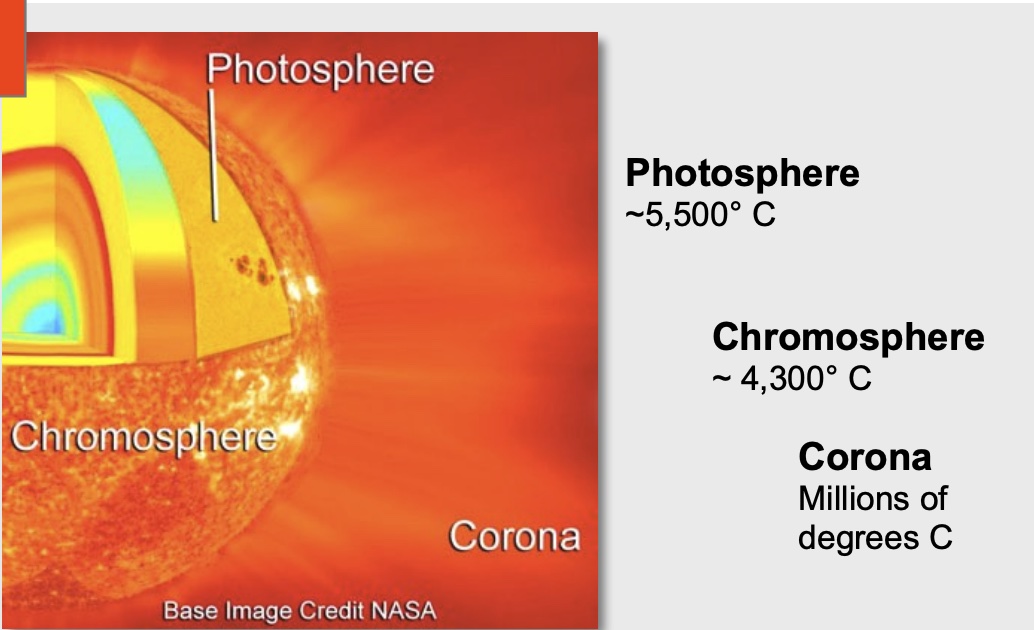


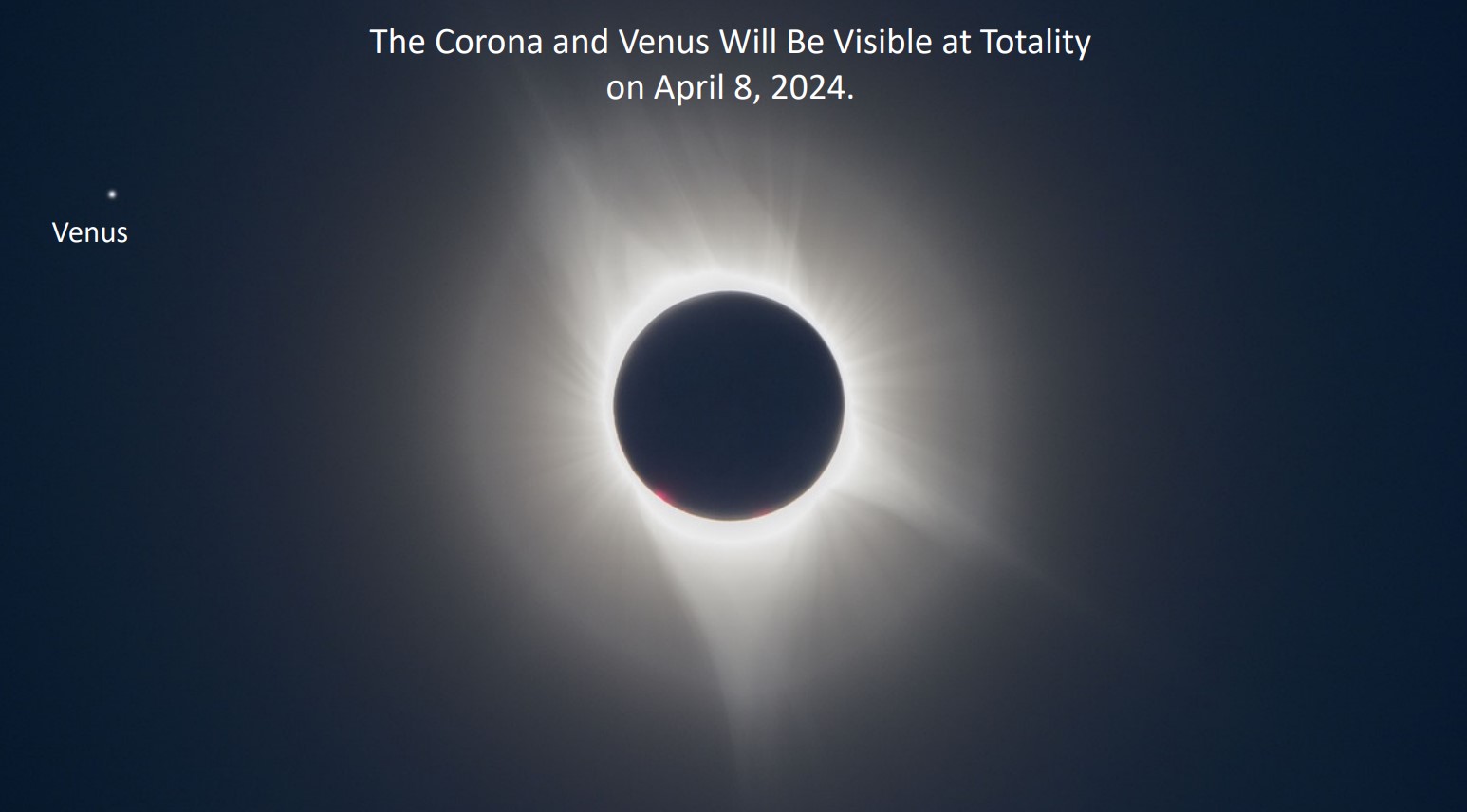
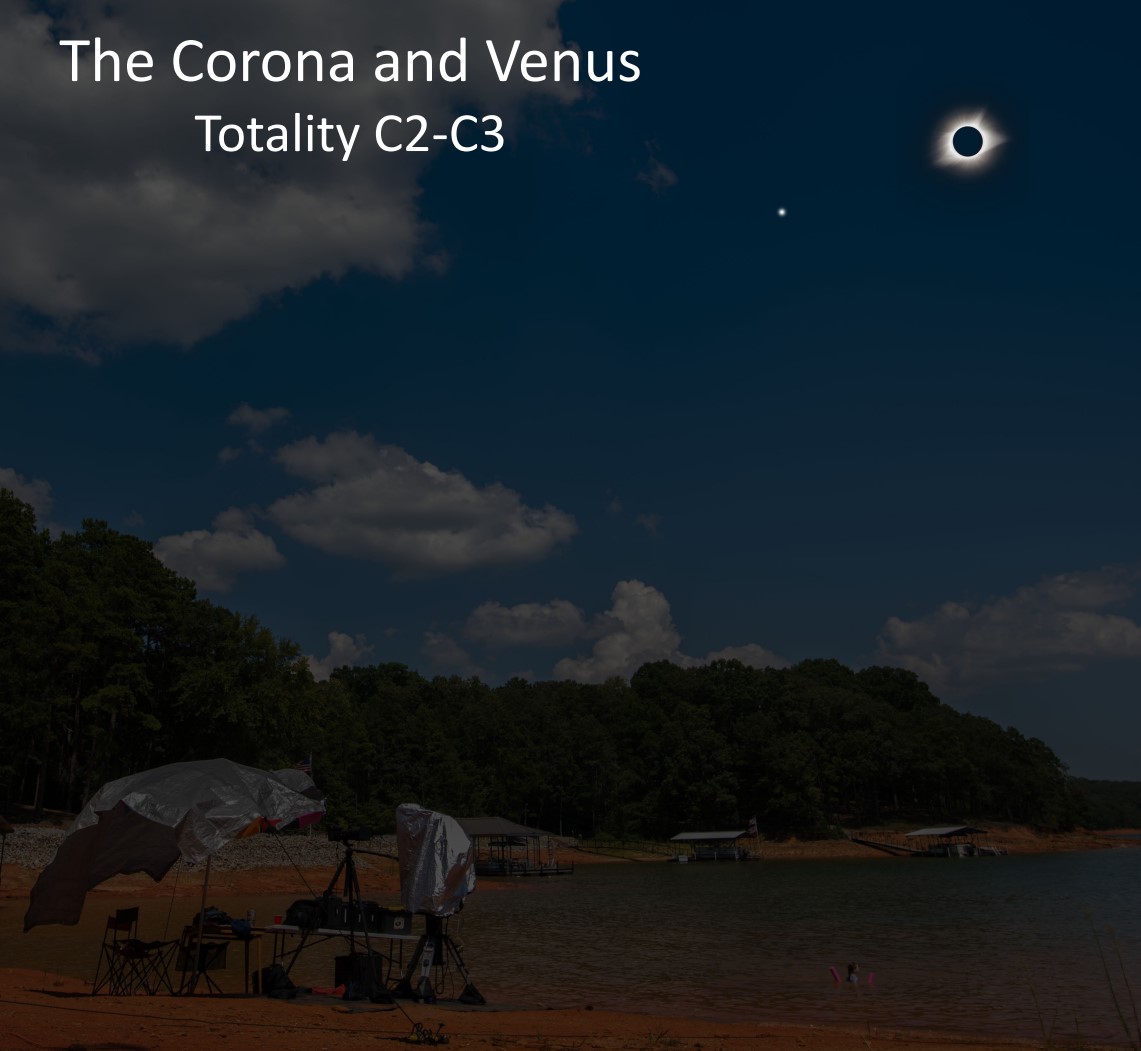
Image Credit: Randall Light M.D.
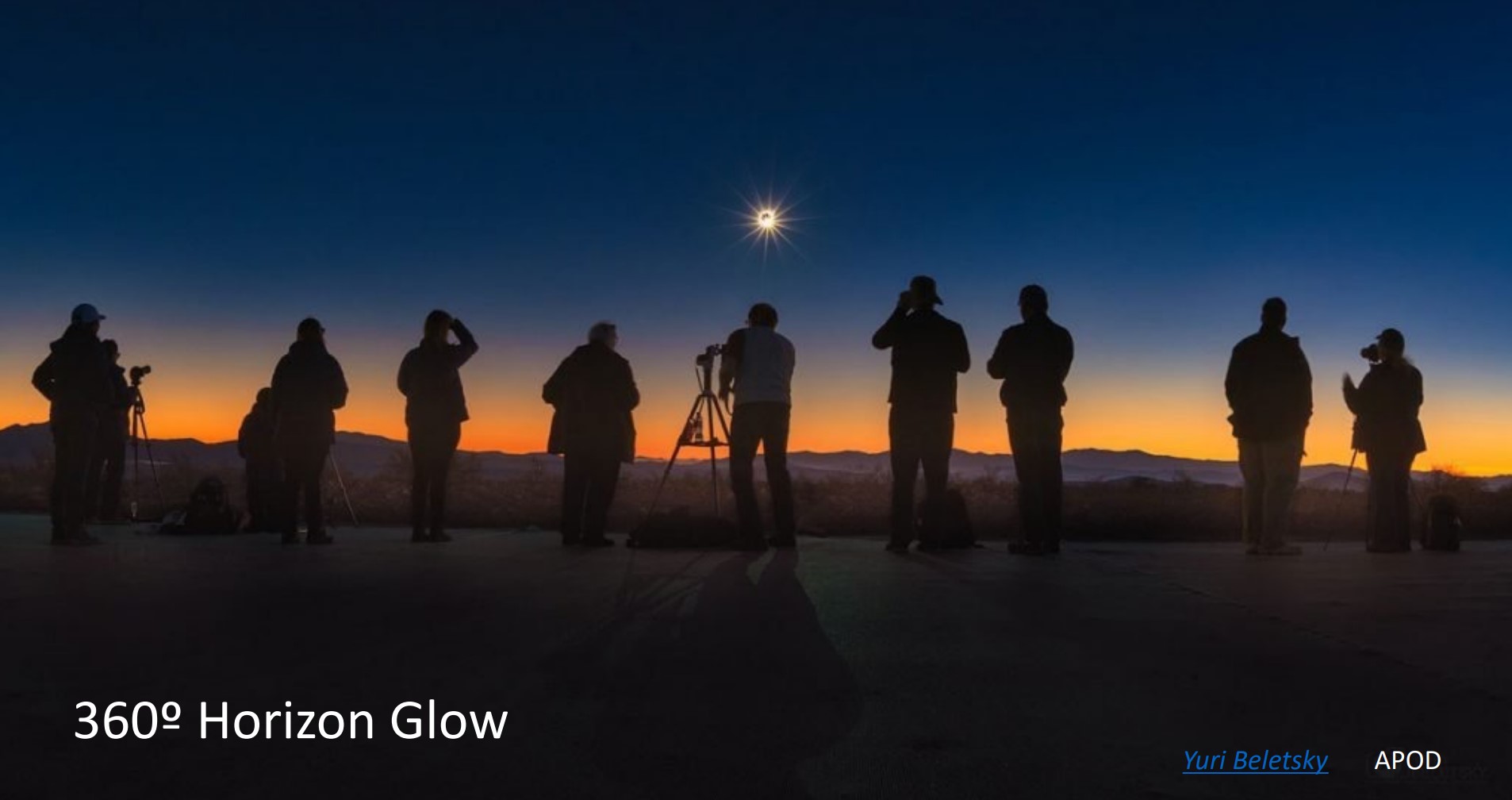

Image Credit: Randall Light M.D.
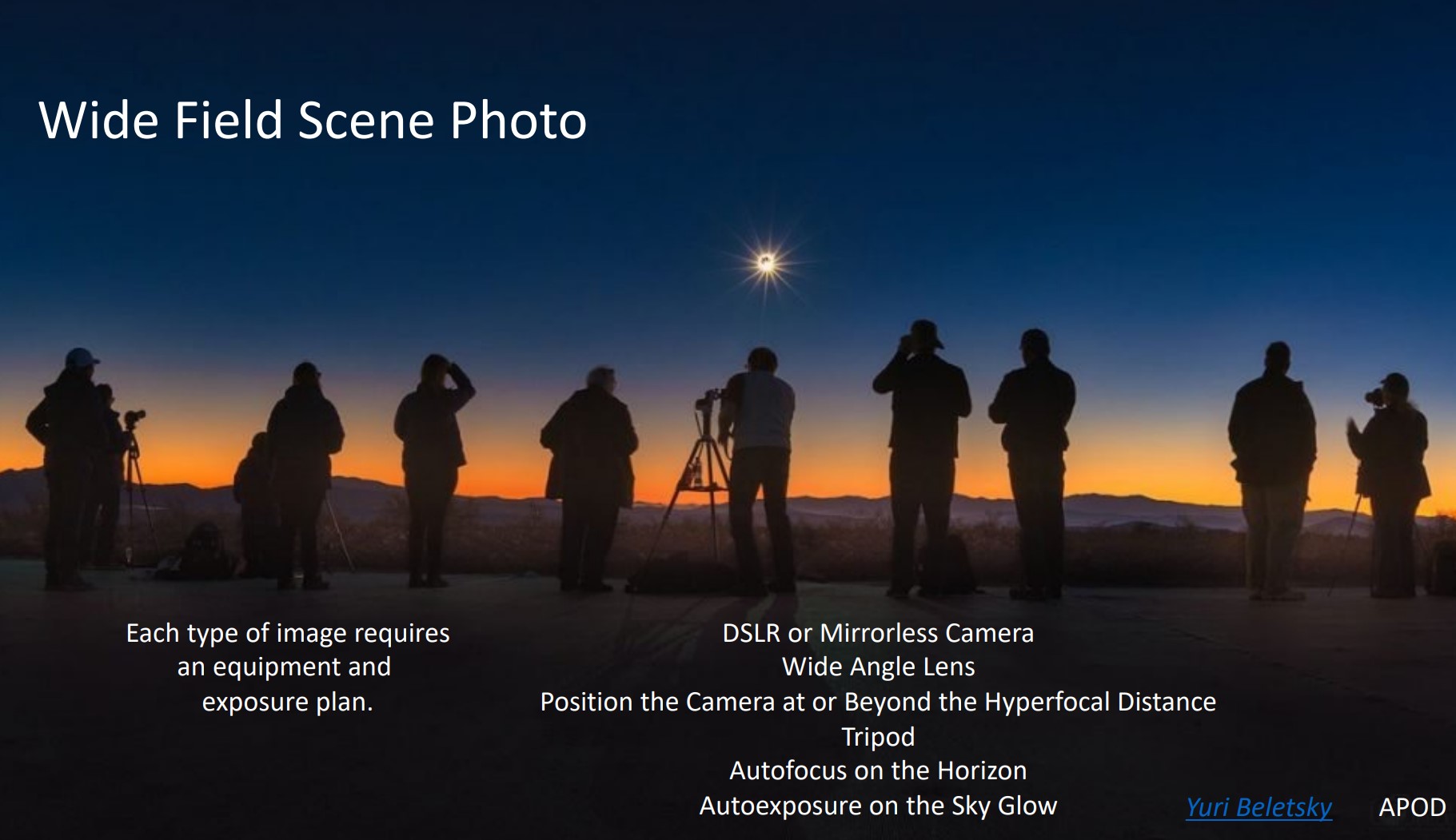

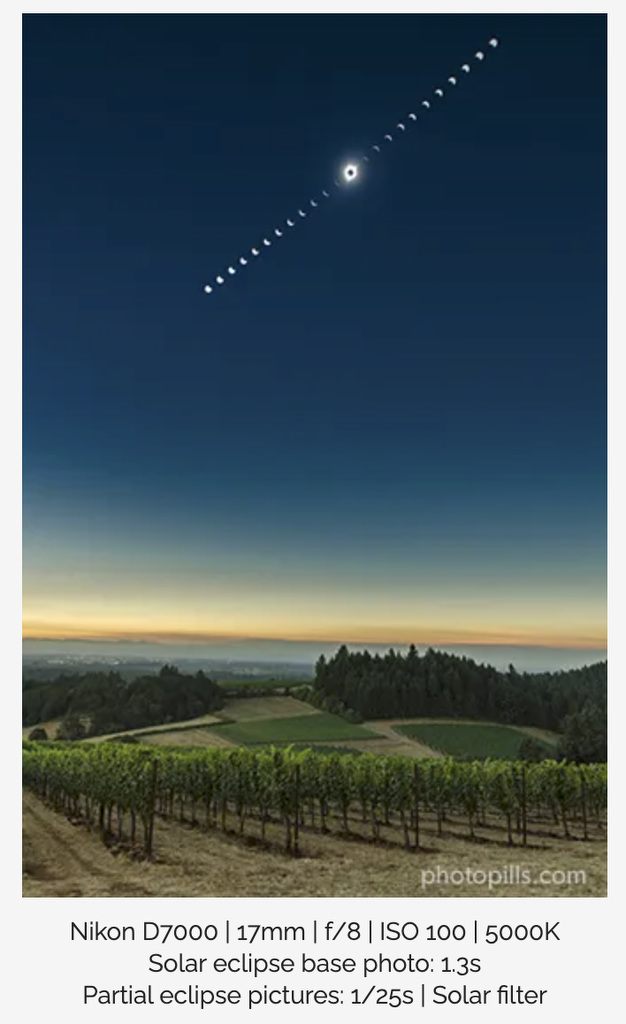
Equipment:
Image Exposure:
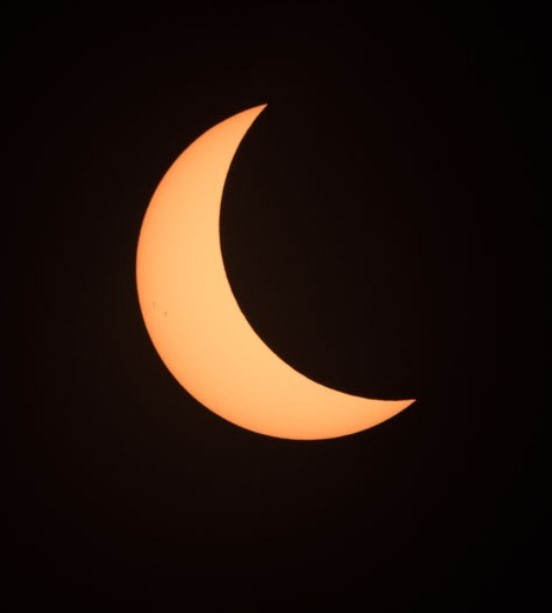
Image Credit: Randall Light M.D.
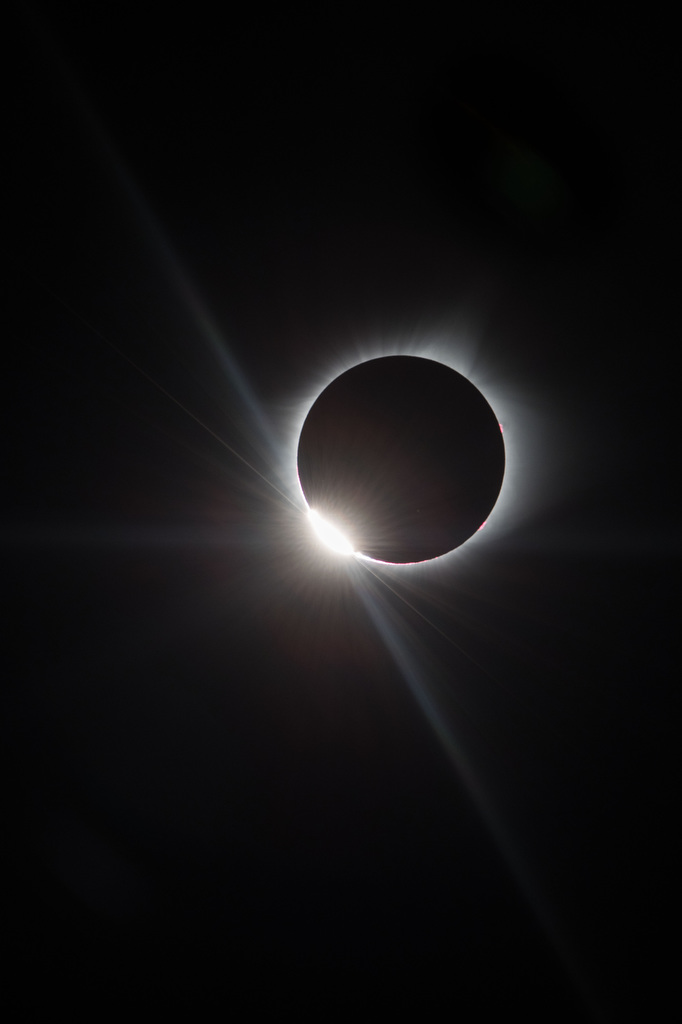
Image Credit: Randall Light M.D.
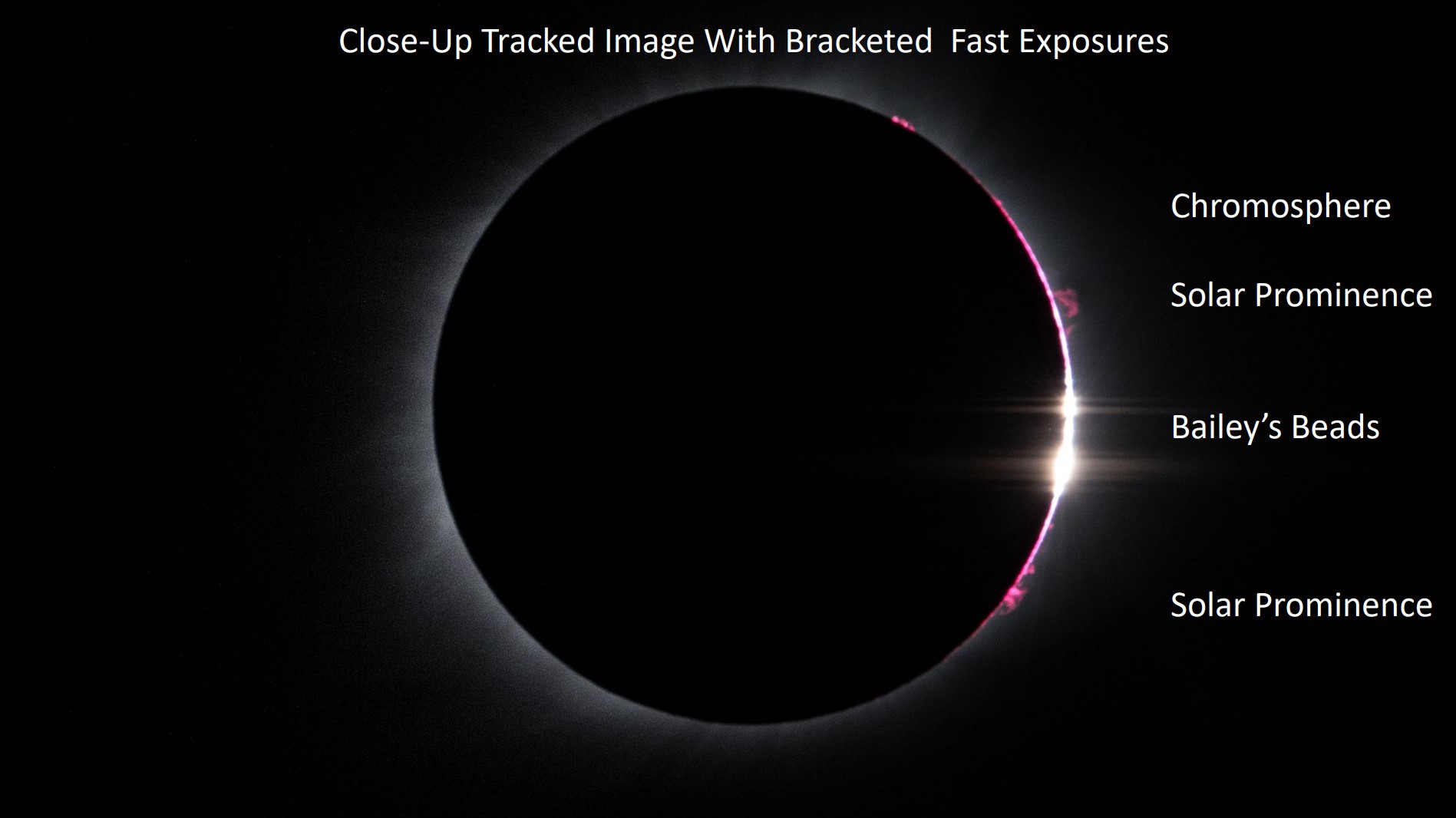
Image Credit: Randall Light M.D.
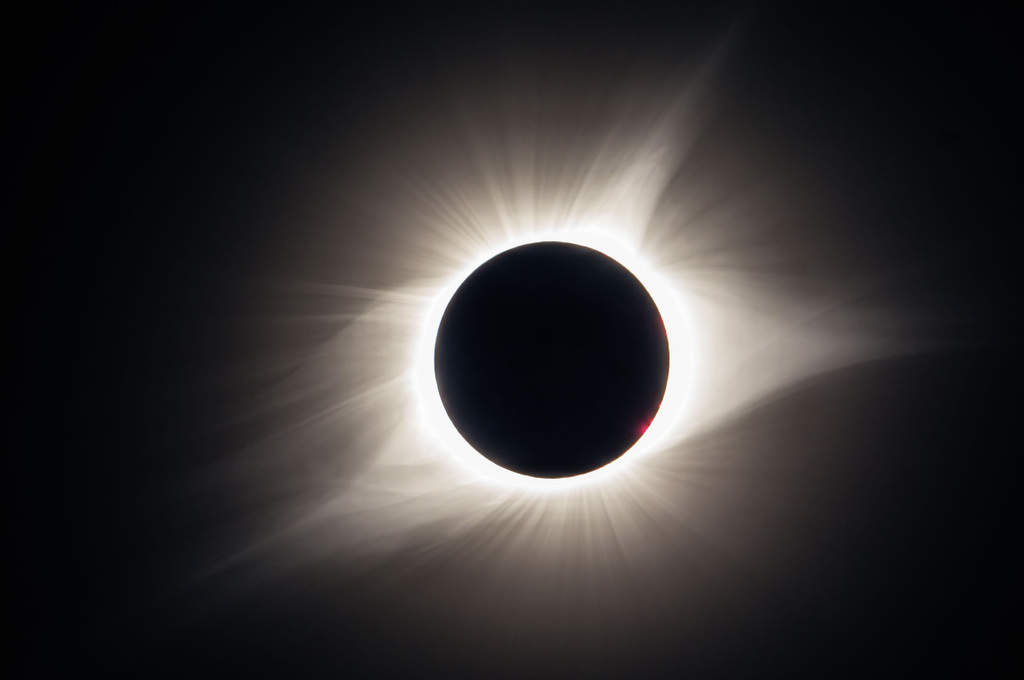
Image Credit: Randall Light M.D.

Image Credit: Randall Light M.D.
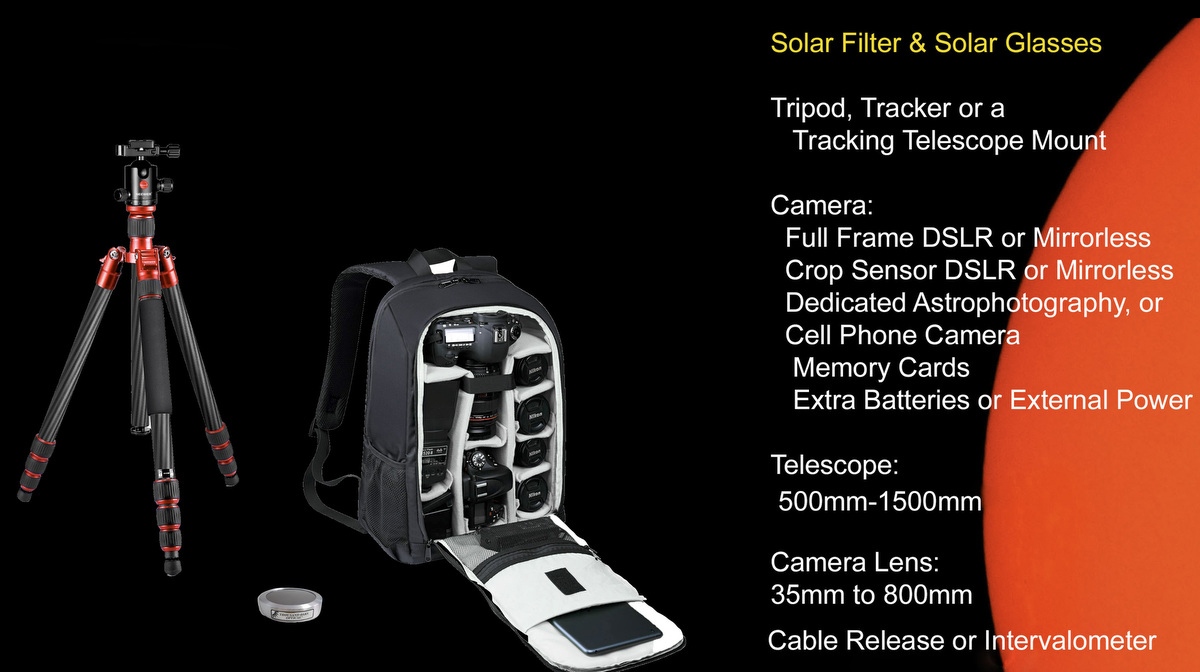
Image Credit: Randall Light M.D.

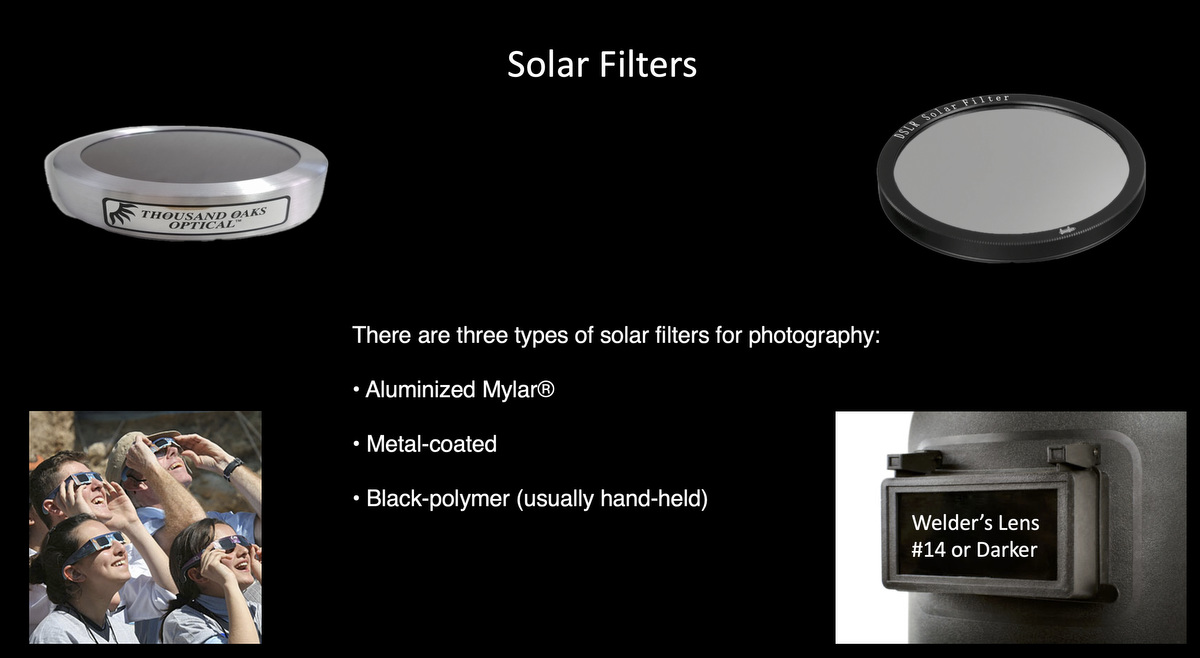
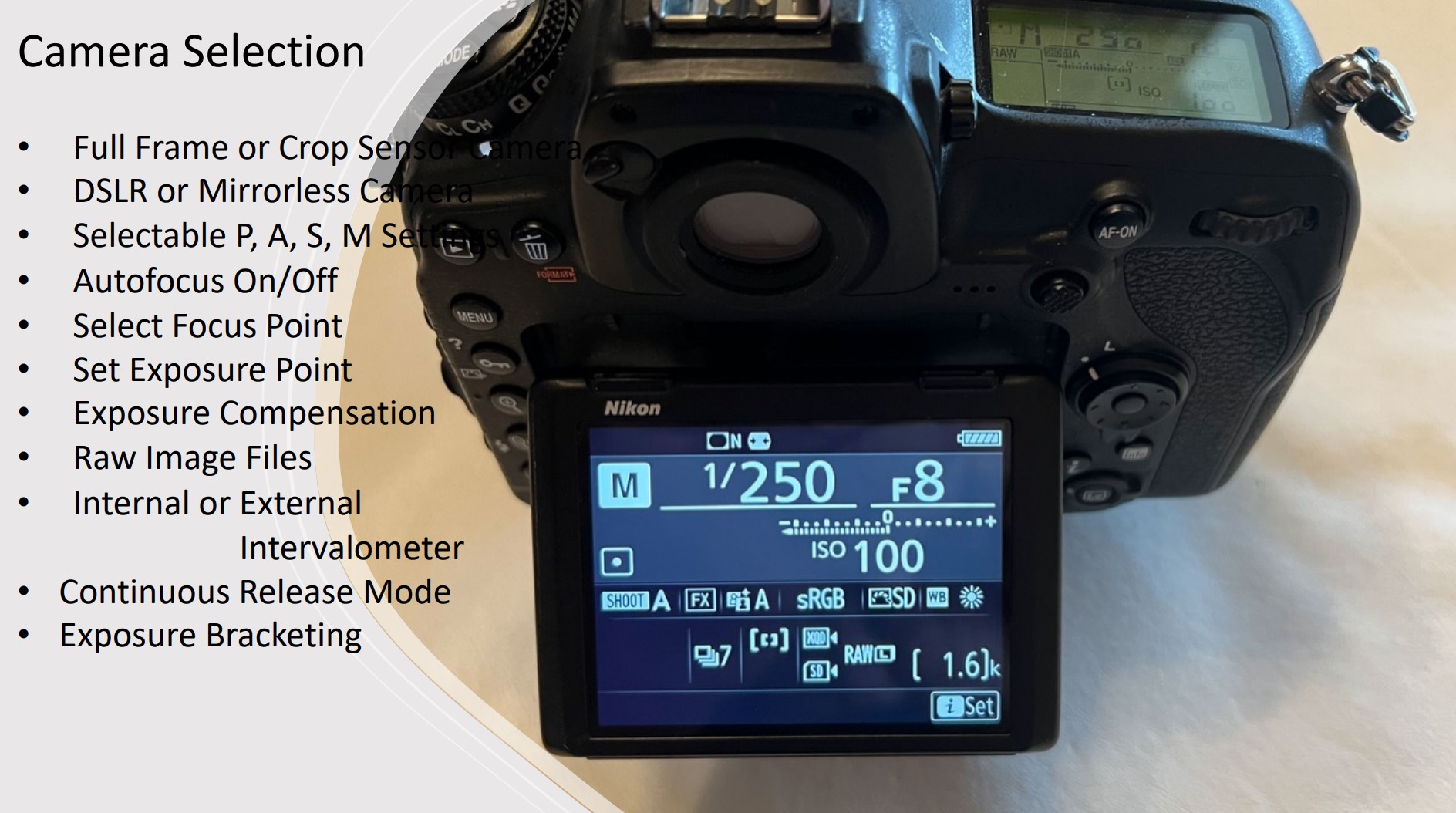
Image Credit: Randall Light M.D.
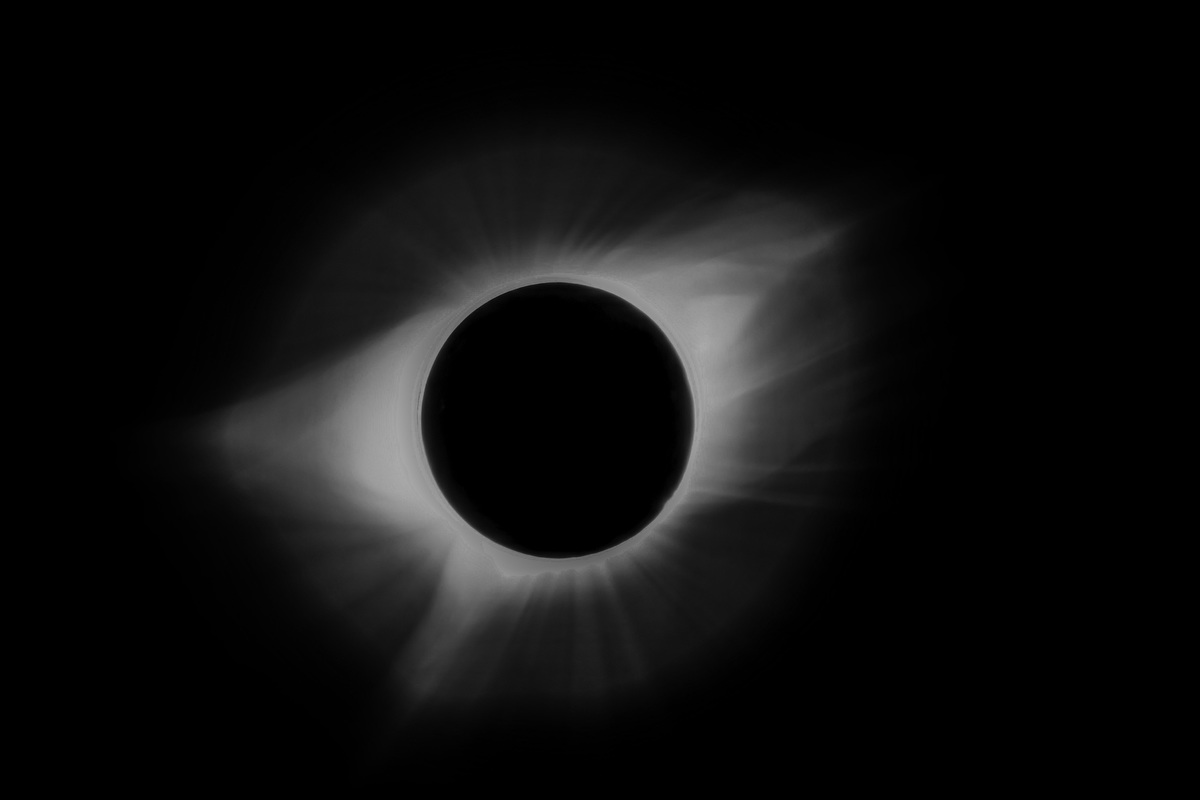
Image Credit: Randall Light M.D.
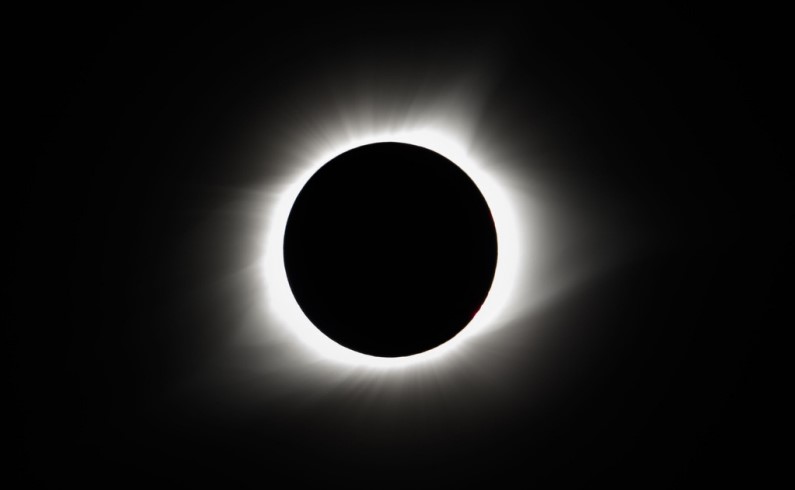
Image Credit: Randall Light M.D.
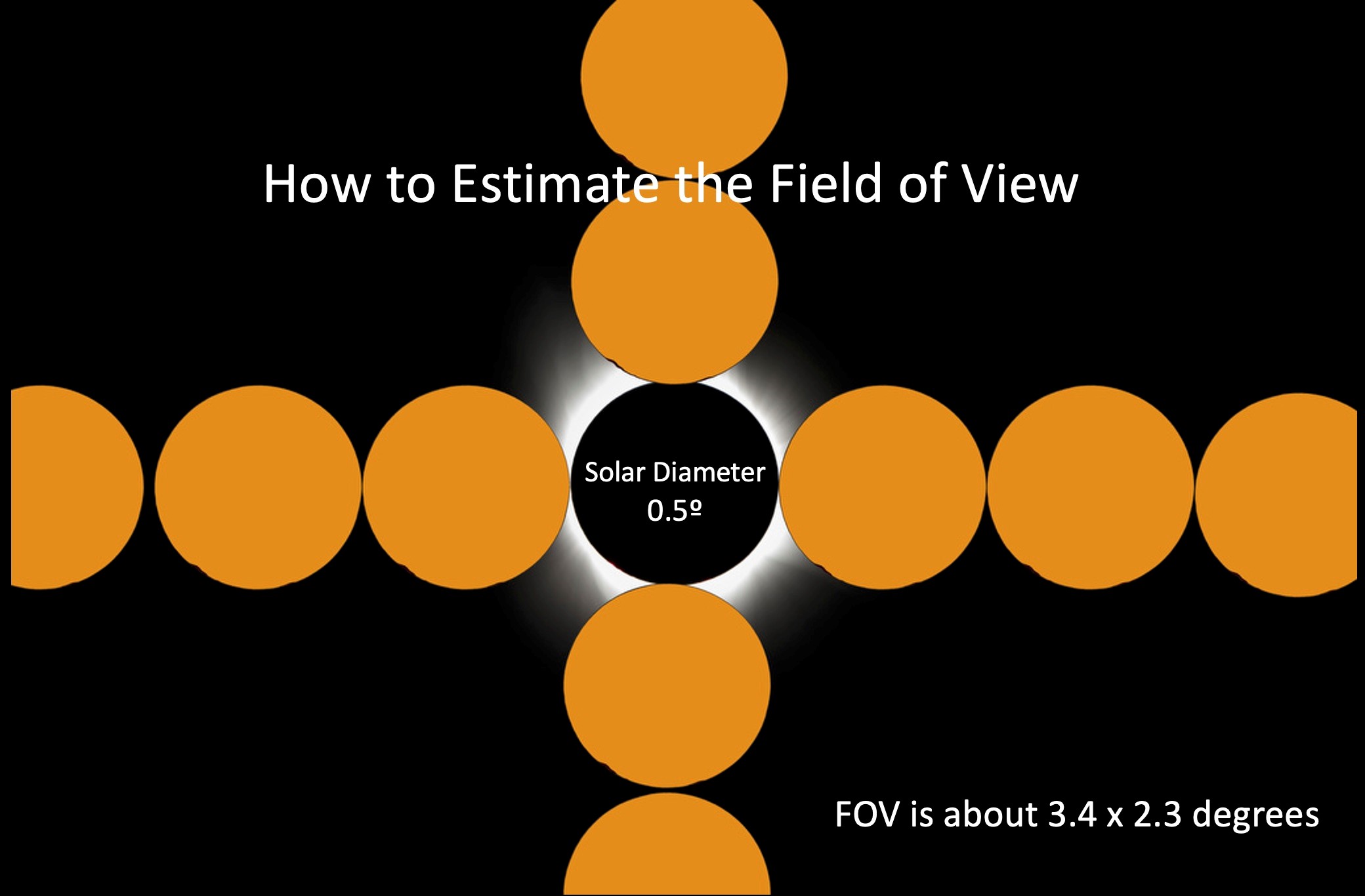
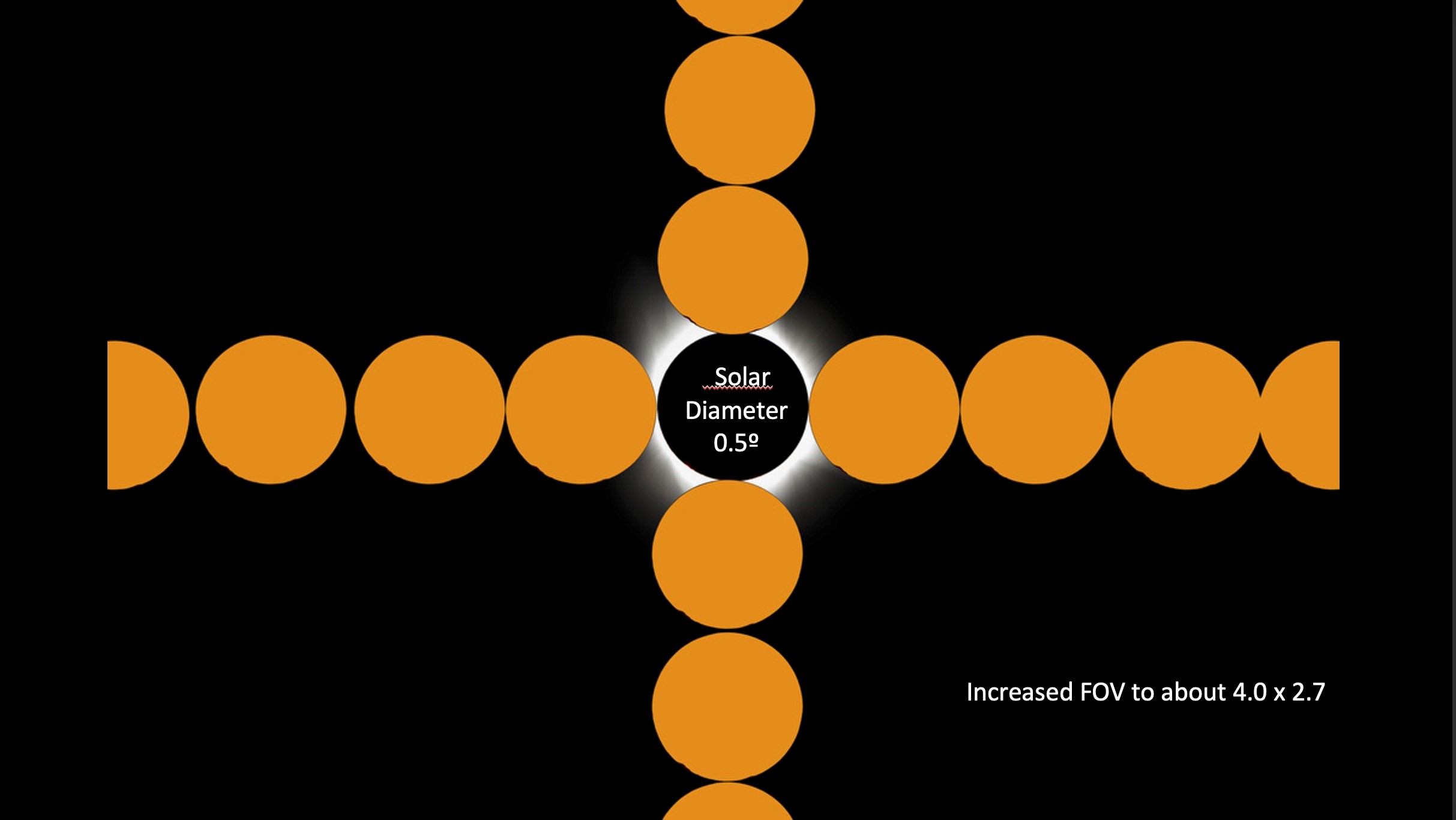
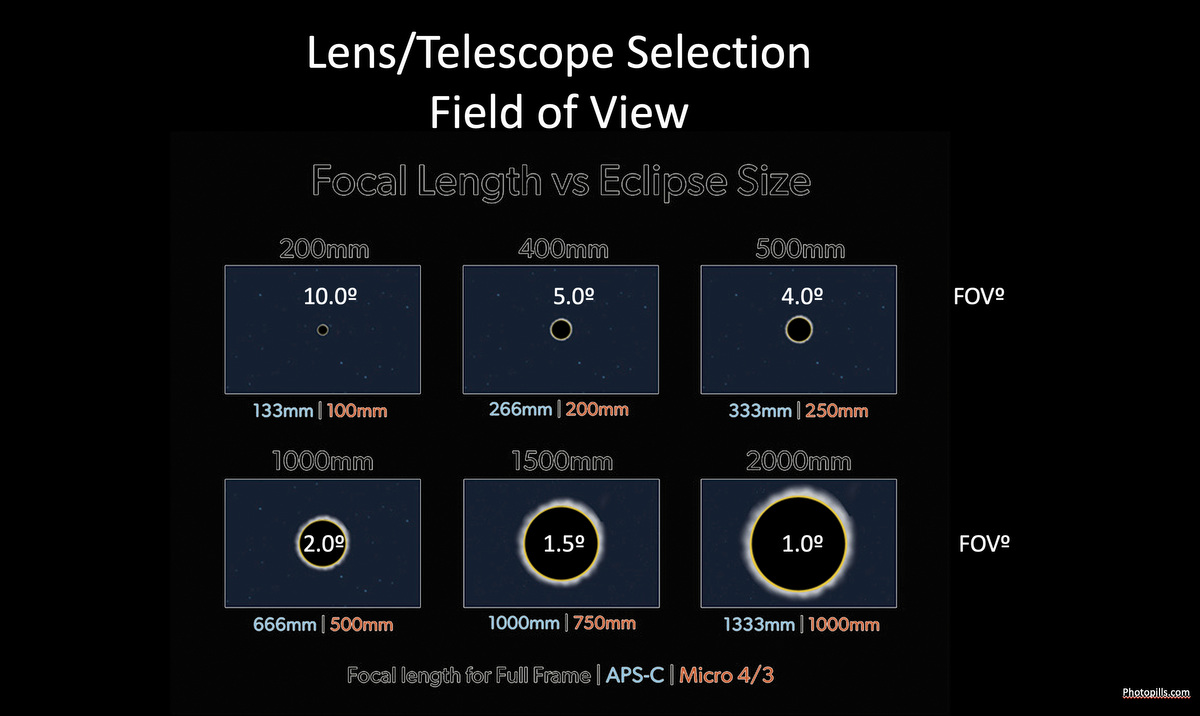

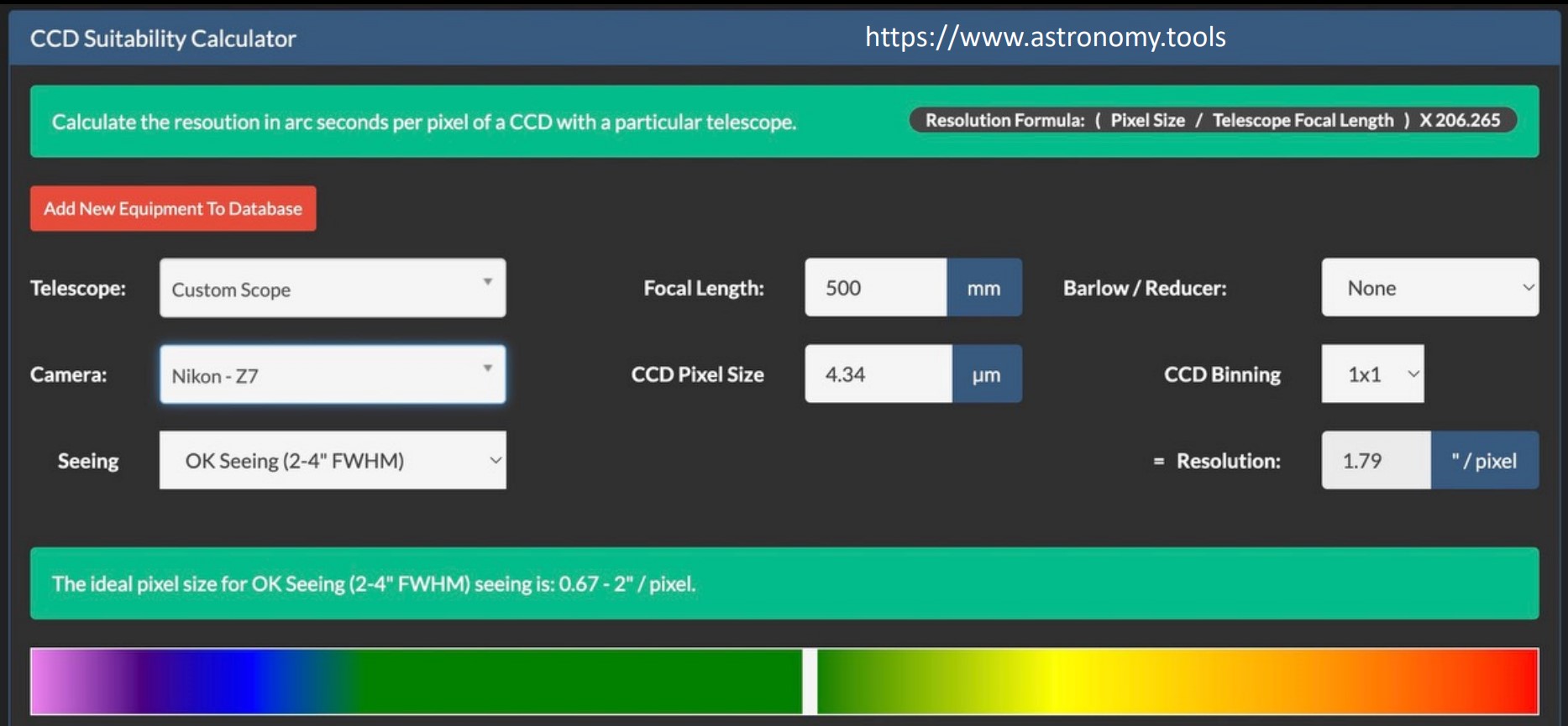
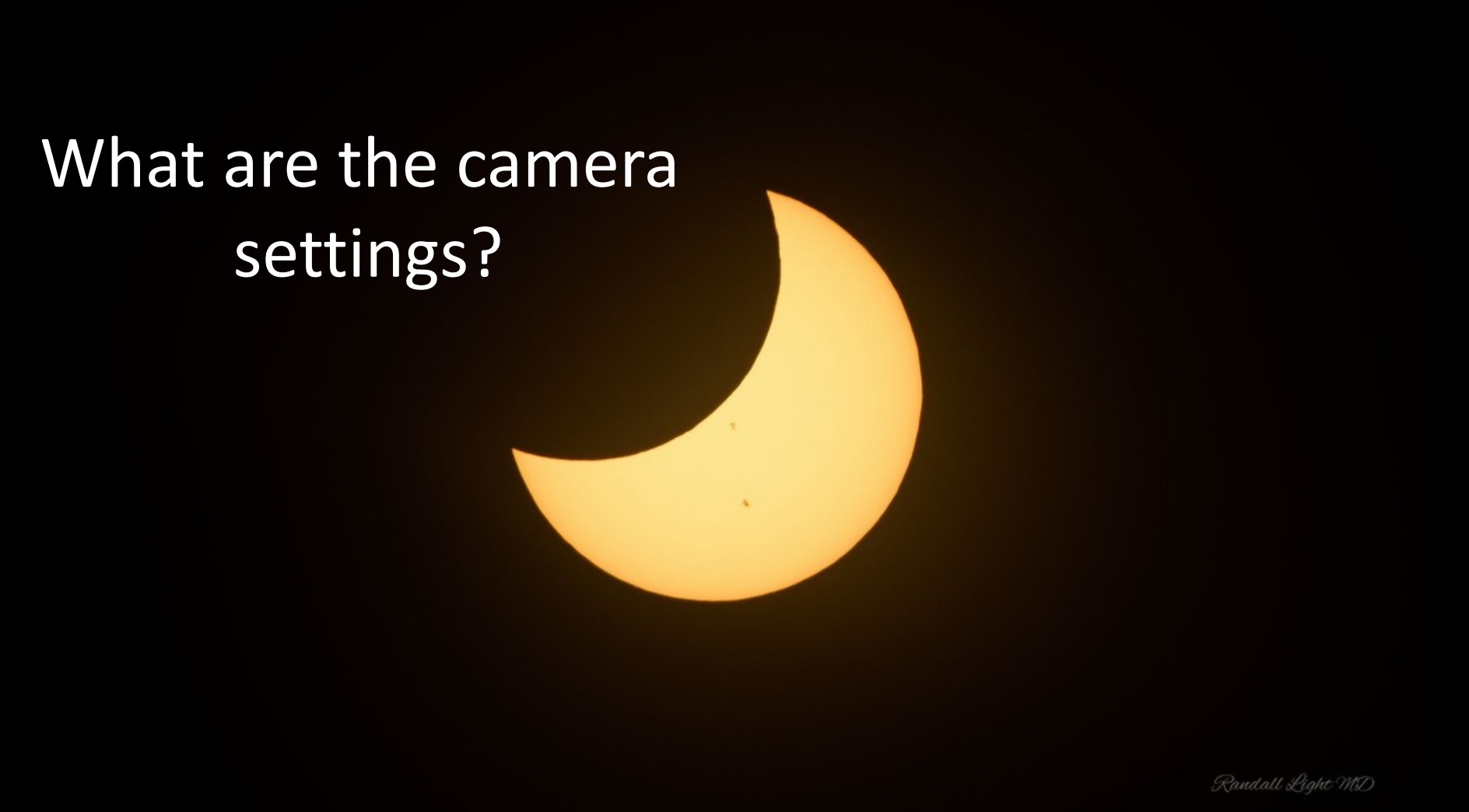
Image Credit: Randall Light M.D.
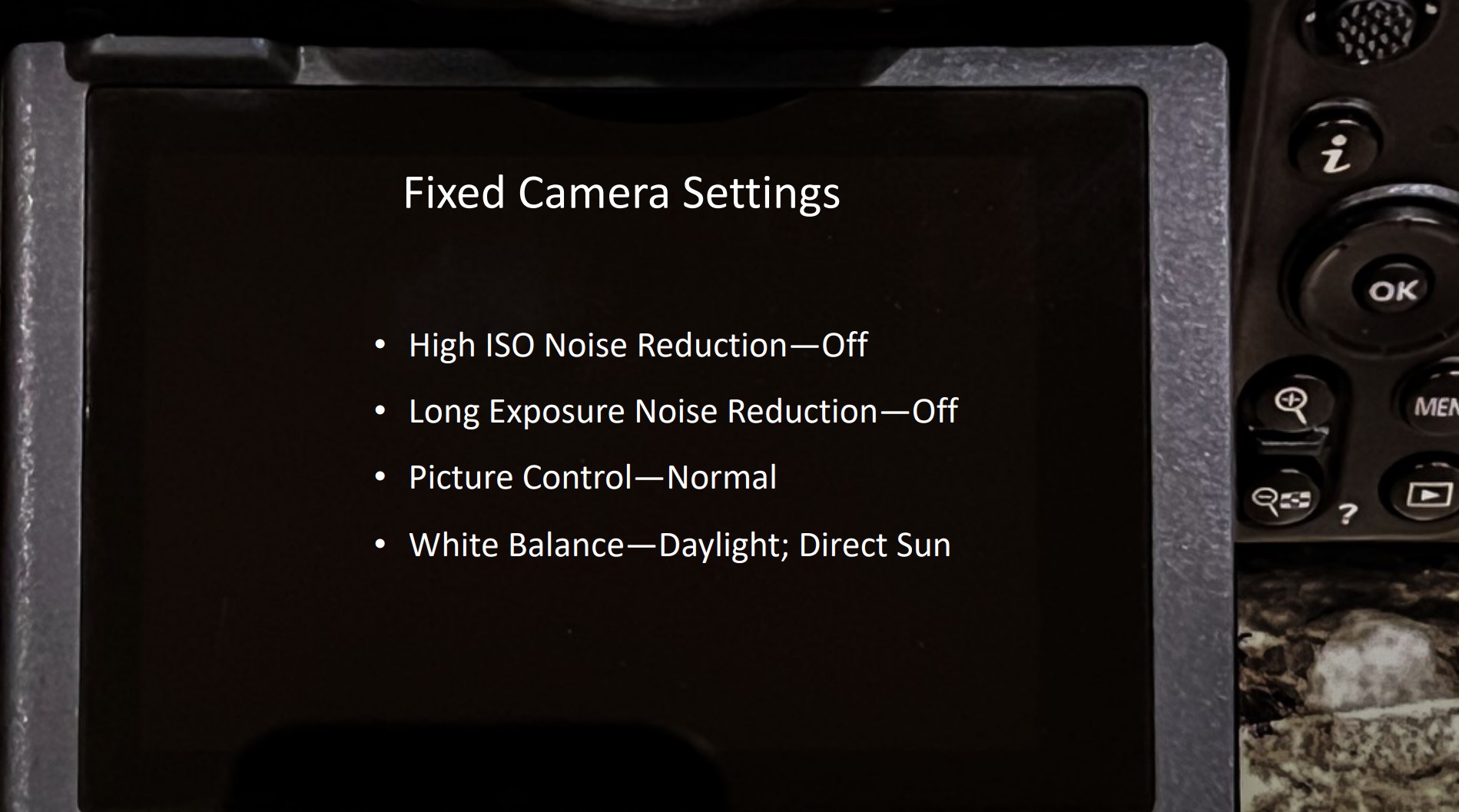
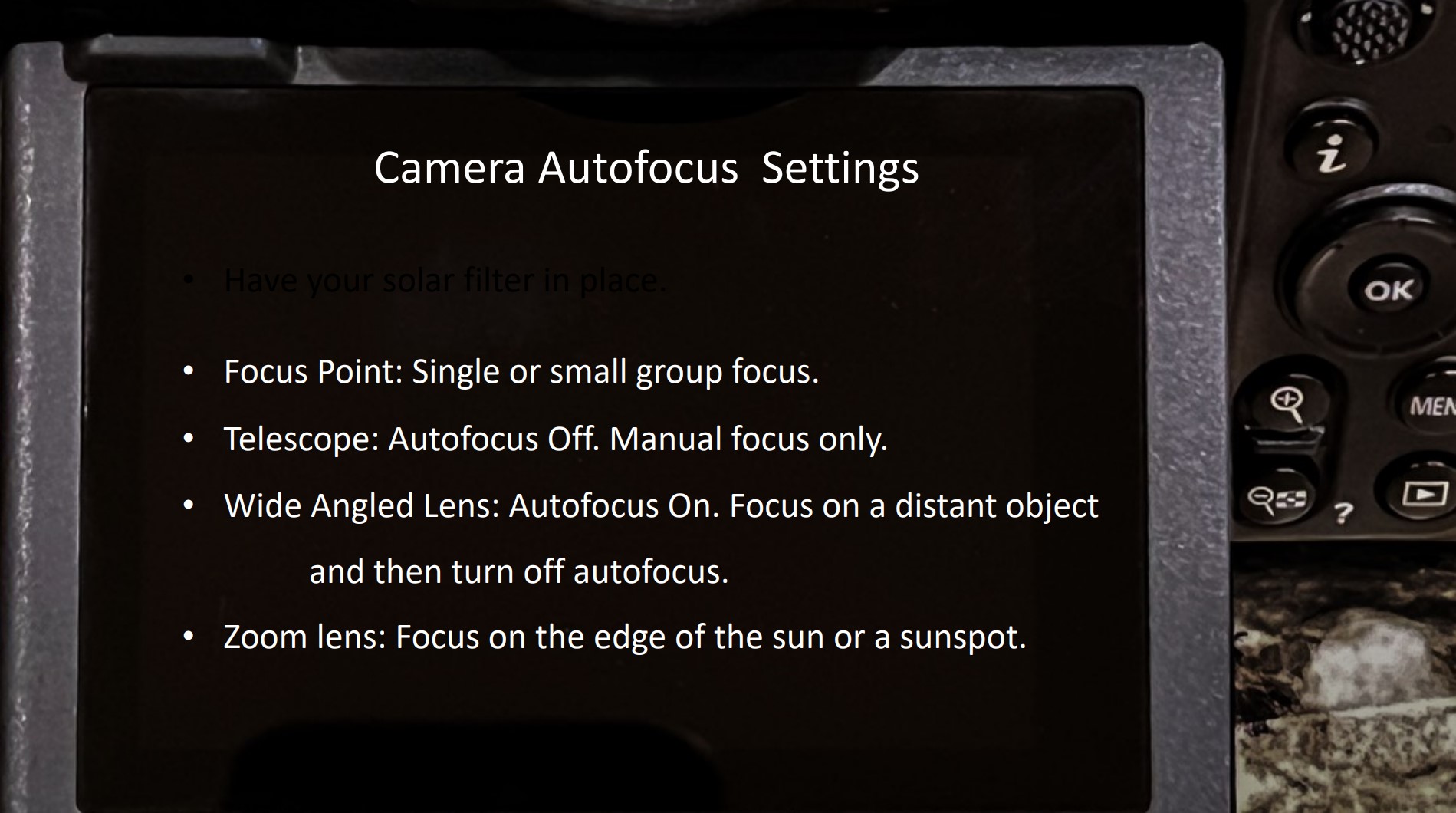
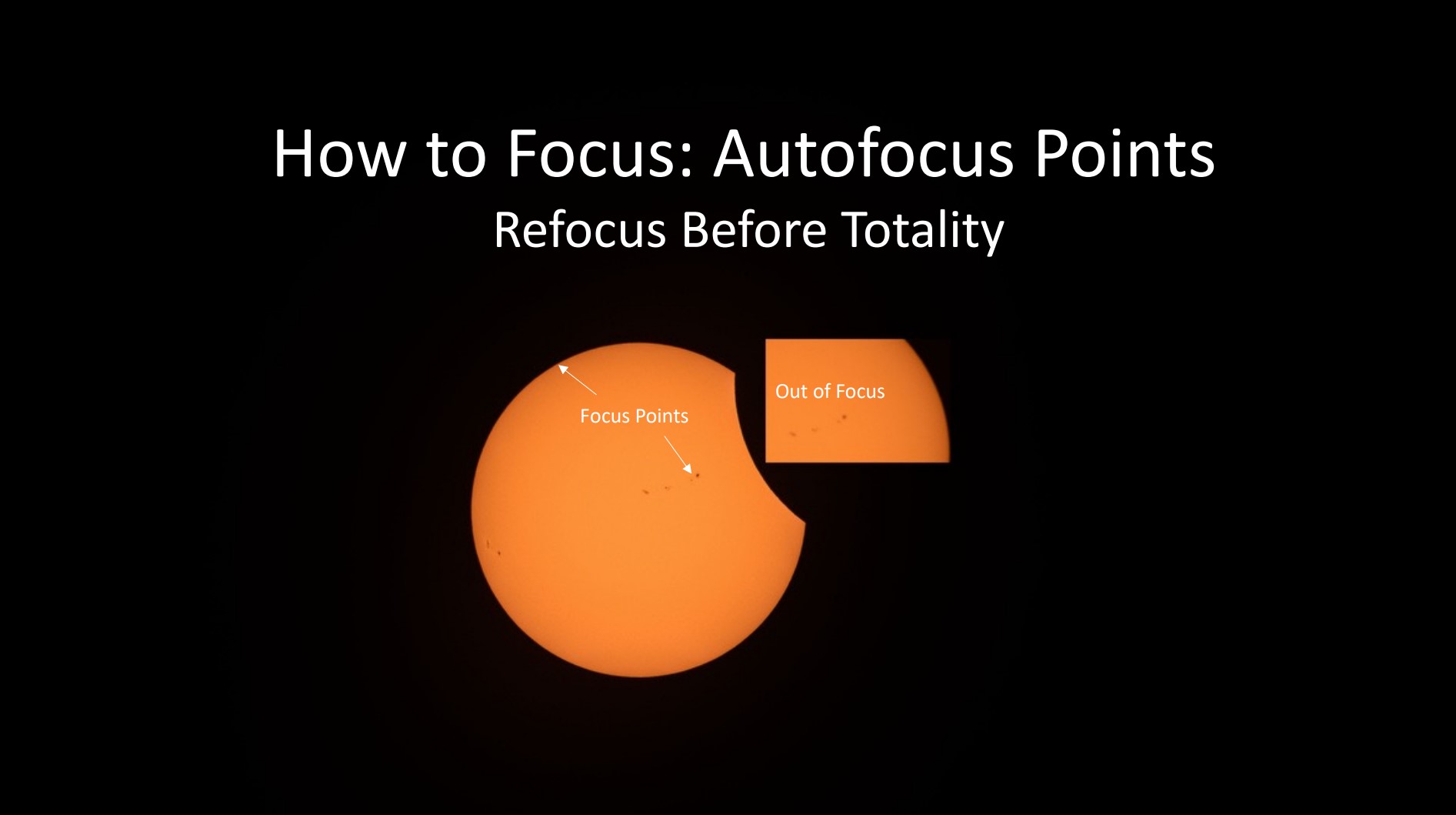
Image Credit: Randall Light M.D.

Image Credit: Randall Light M.D.
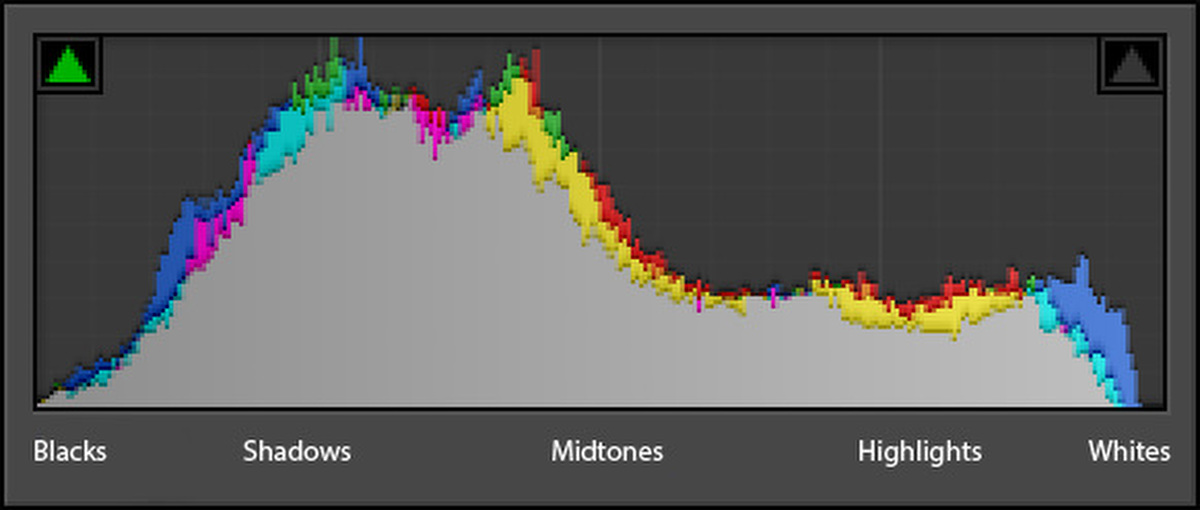
Image Credit: Randall Light M.D.

Image Credit: Randall Light M.D.

Image Credit: Randall Light M.D.

Image Credit: Randall Light M.D.
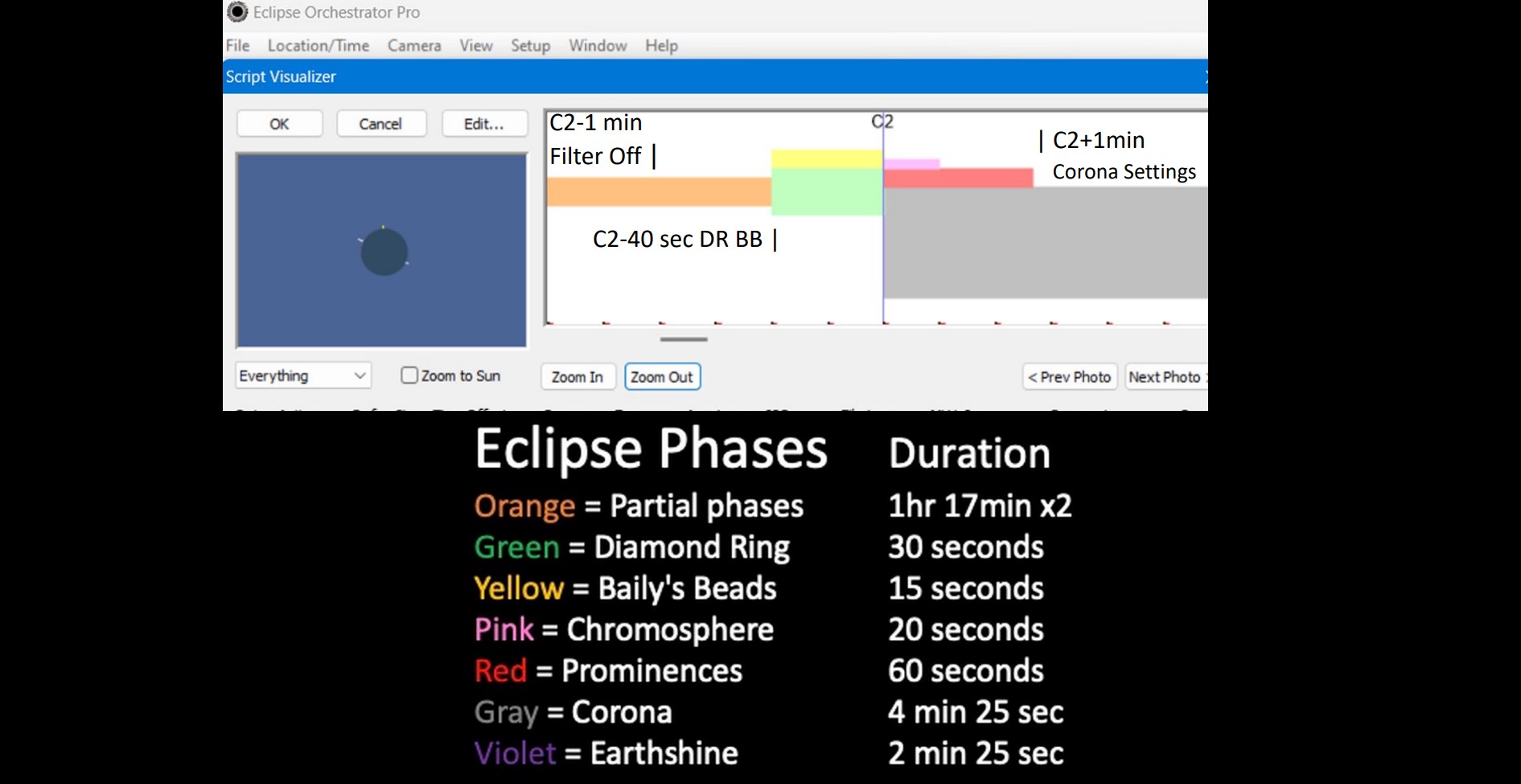
Image Credit: Randall Light M.D.
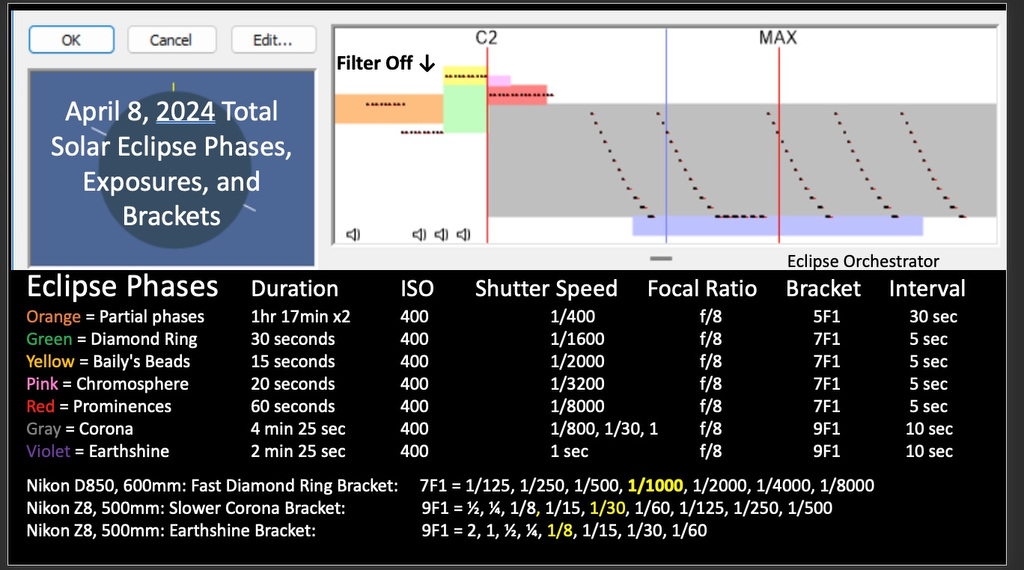
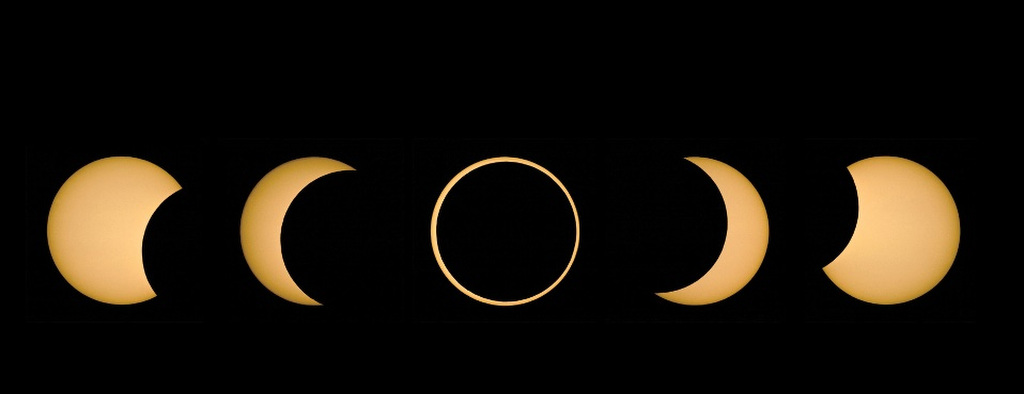
Image Credit: Randall Light M.D.
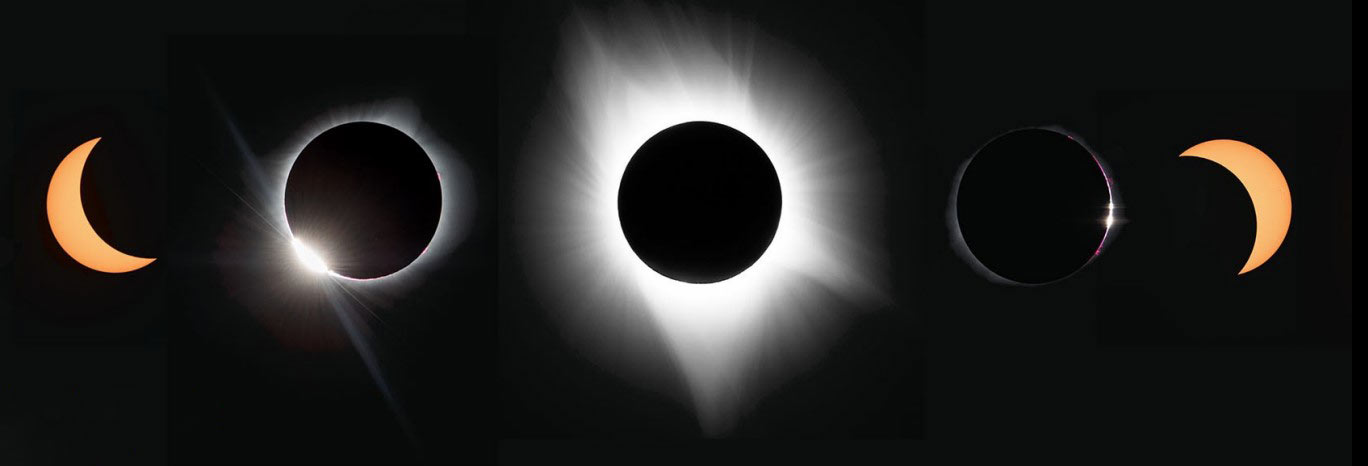
Image Credit: Randall Light M.D.
Equipment:
Partial Exposure
Totality Exposure:
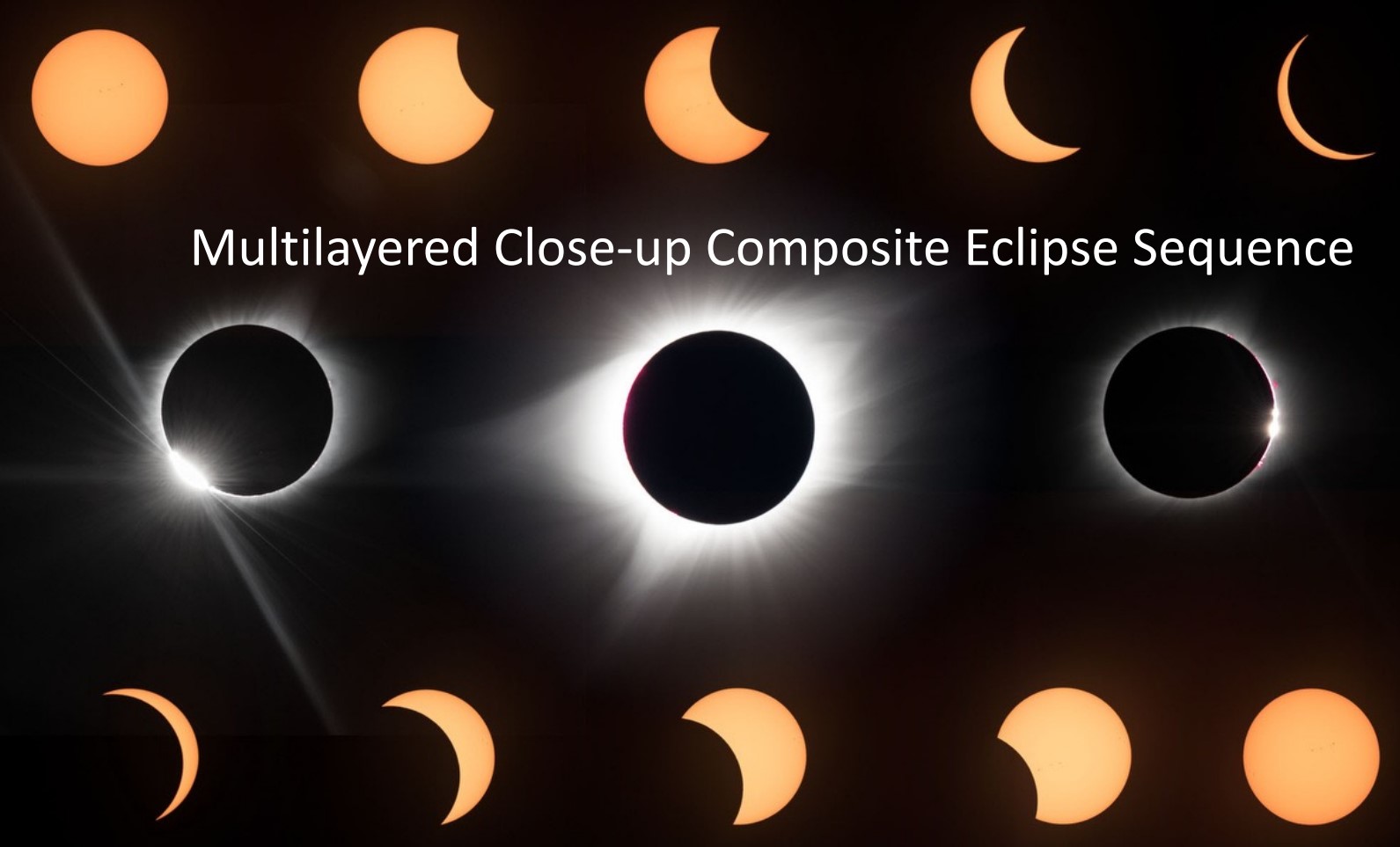
Image Credit: Randall Light M.D.

Image Credit: Randall Light M.D.
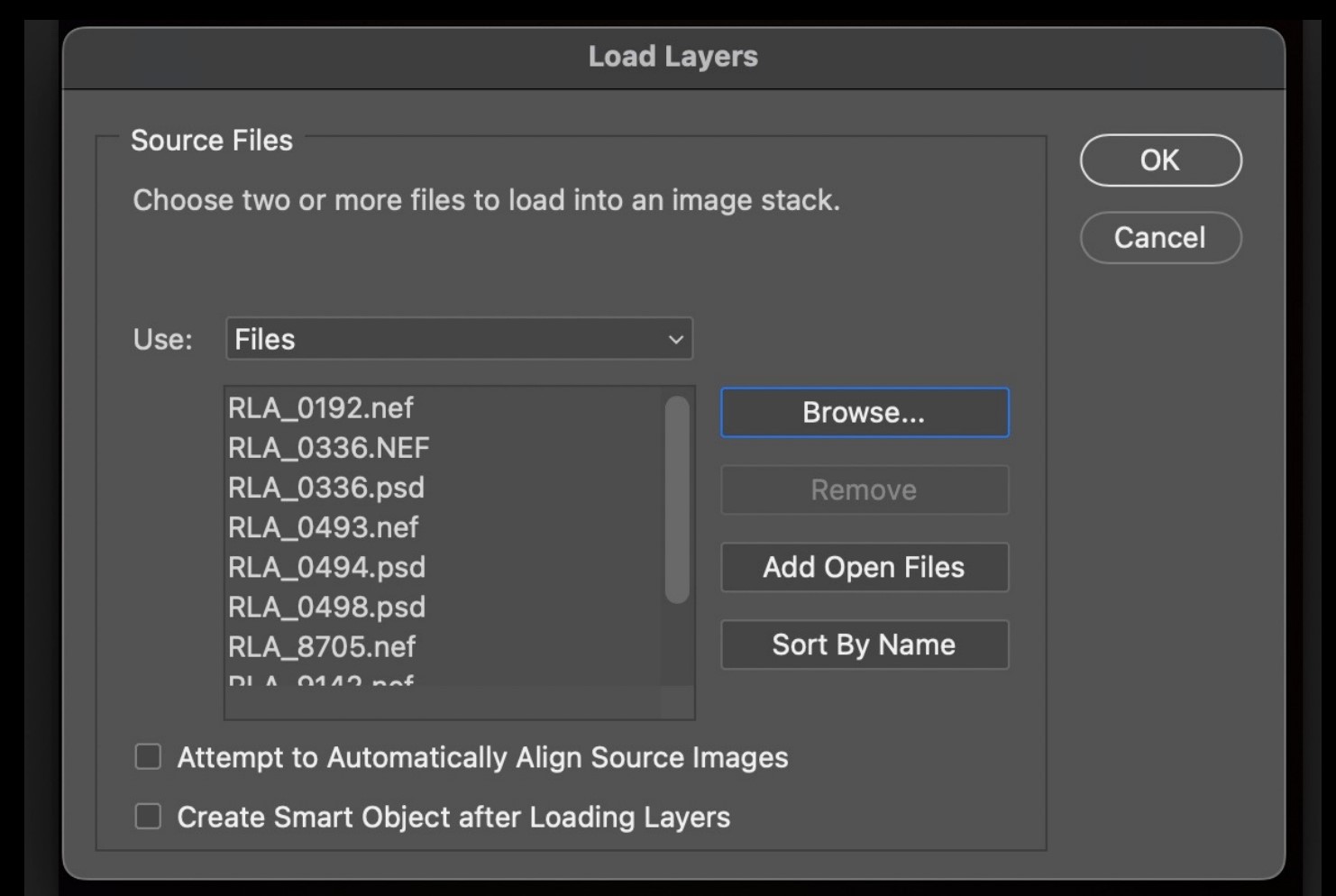
Image Credit: Randall Light M.D.

Image Credit: Randall Light M.D.

Image Credit: Randall Light M.D.

Image Credit: Randall Light M.D.
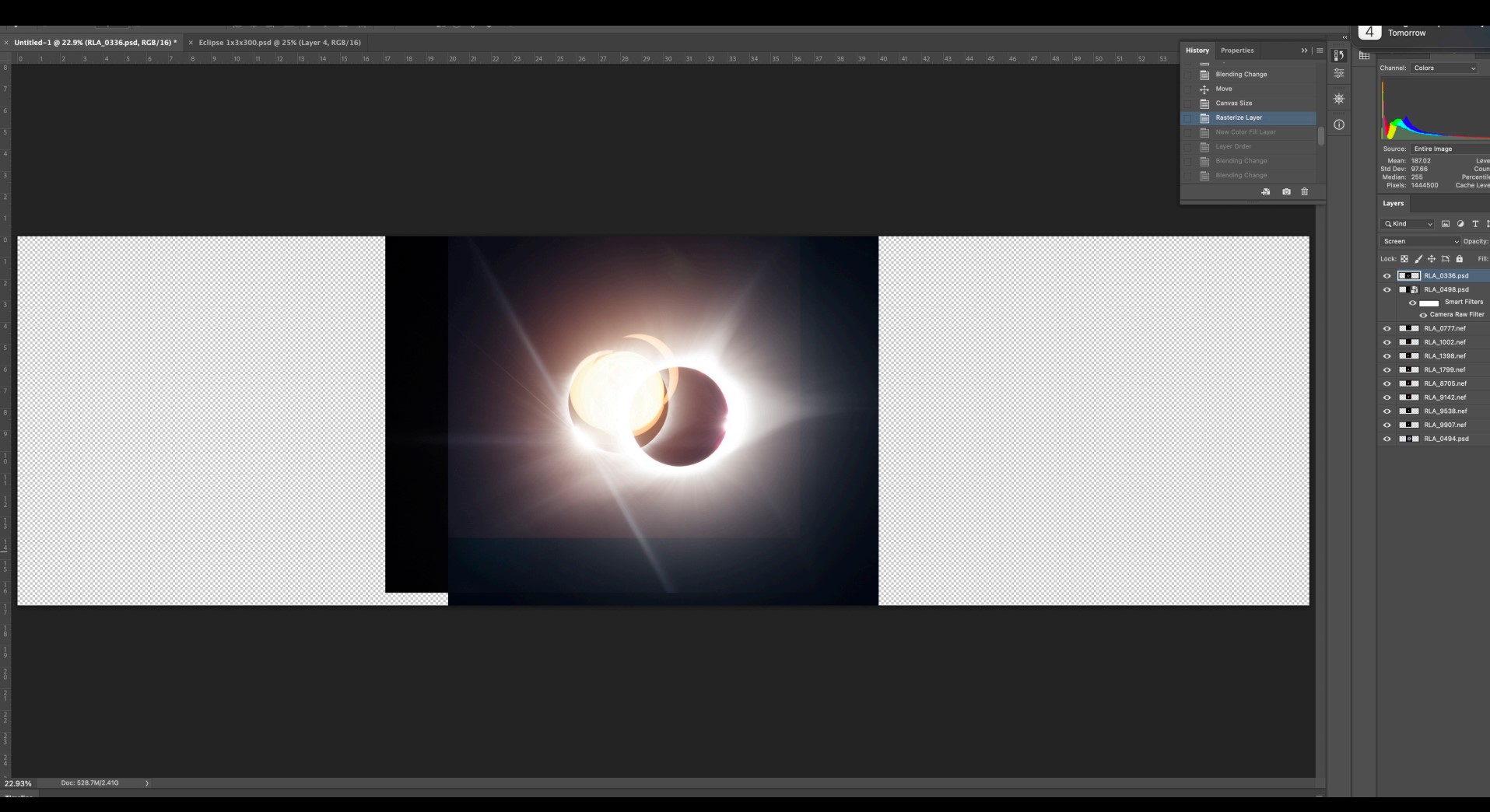
Image Credit: Randall Light M.D.
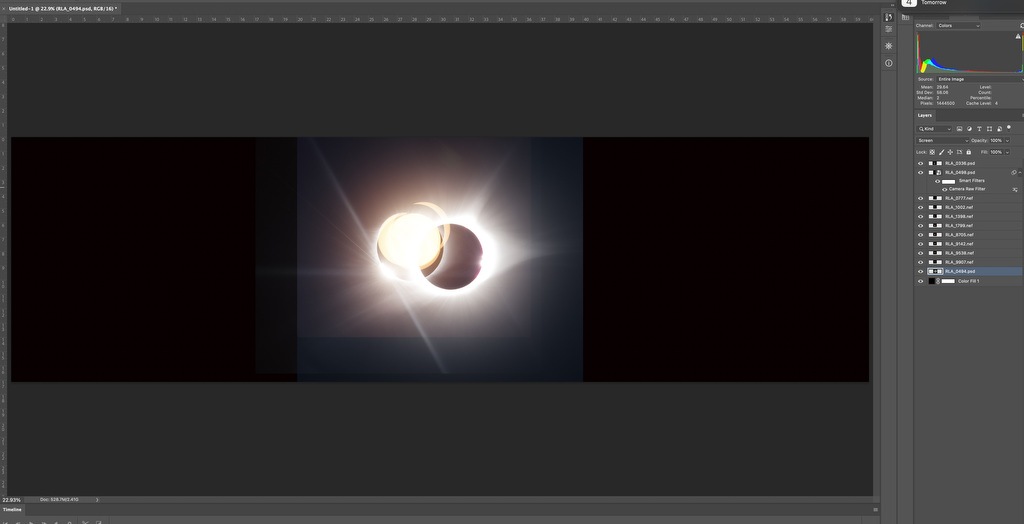
Image Credit: Randall Light M.D.

Image Credit: Randall Light M.D.

Image Credit: Randall Light M.D.

Image Credit: Randall Light M.D.

Image Credit: Randall Light M.D.
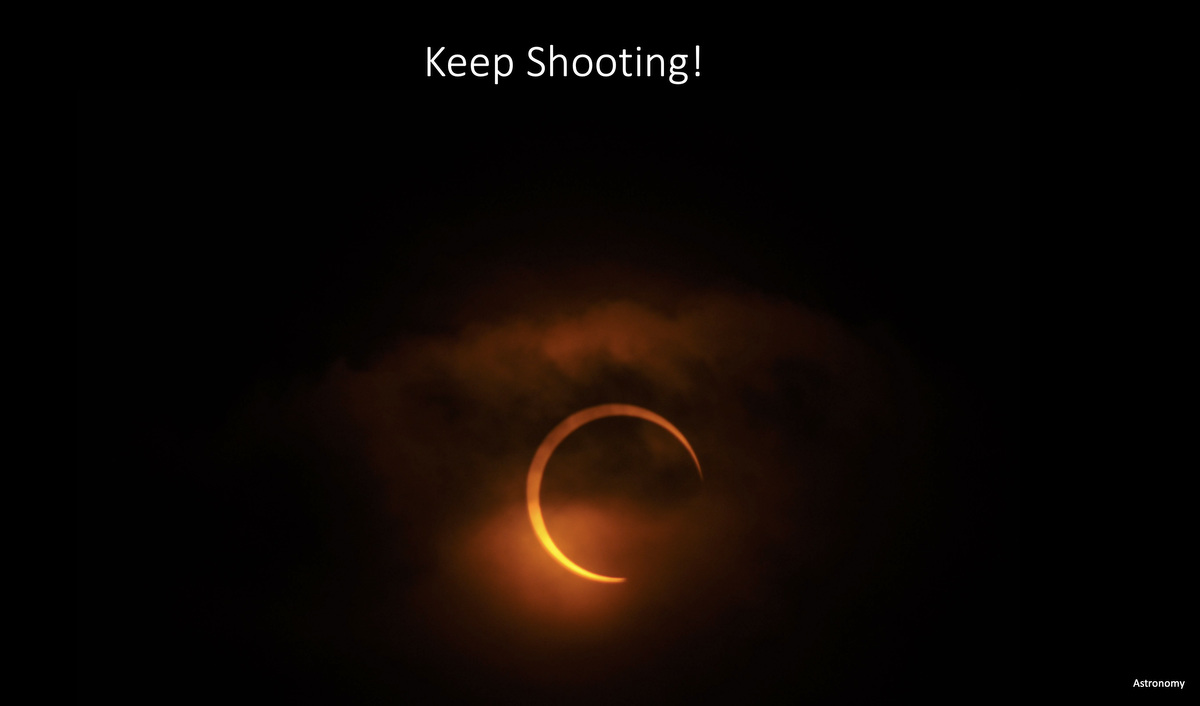

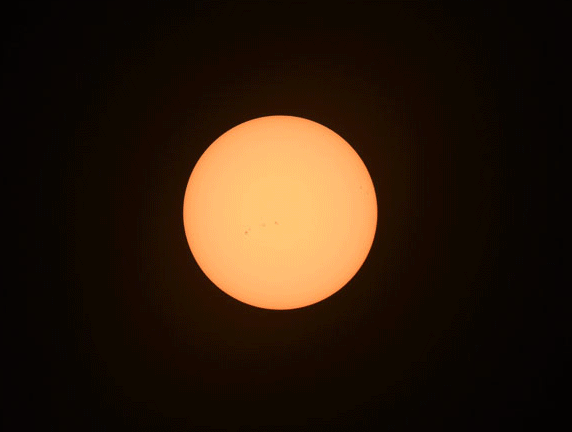
Animation Credit: Randall Light M.D.

About the Author:
Dr. Light is a retired medical neurologist who became a photographer in 1979 and an astrophotographer in 2013 when he retired. He has written articles, given talks, and received awards for his astrophotography.
Website: https://RandallLight.com